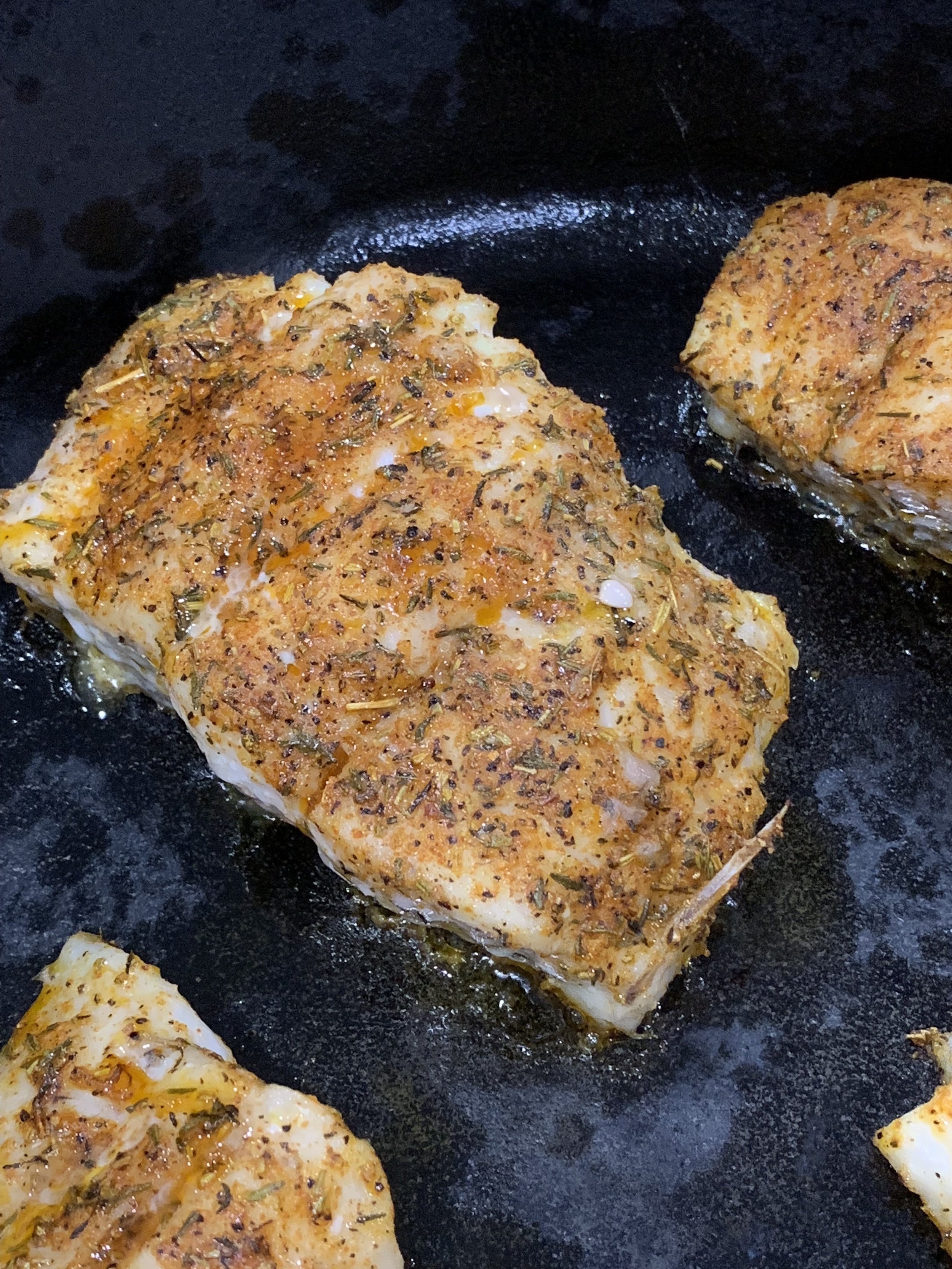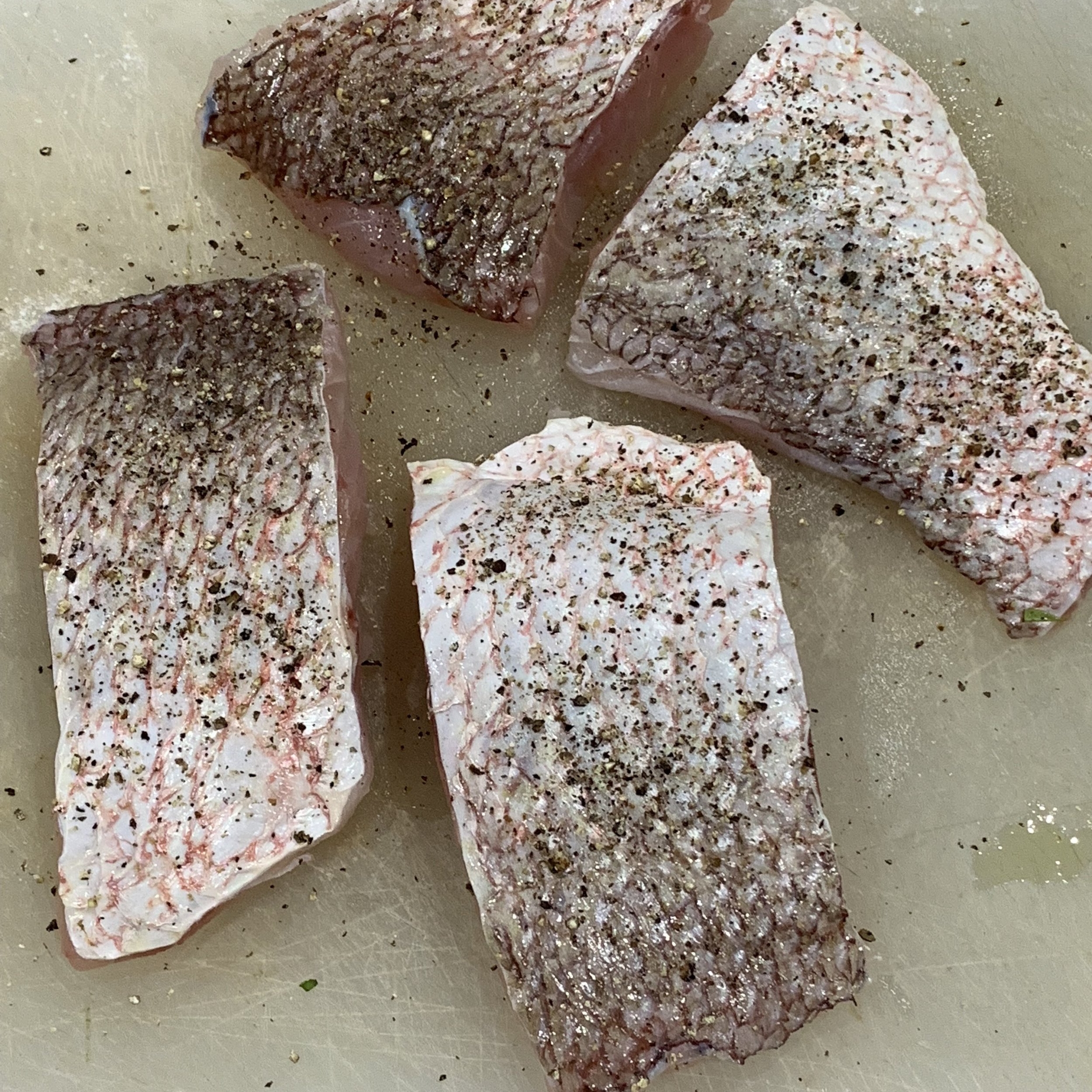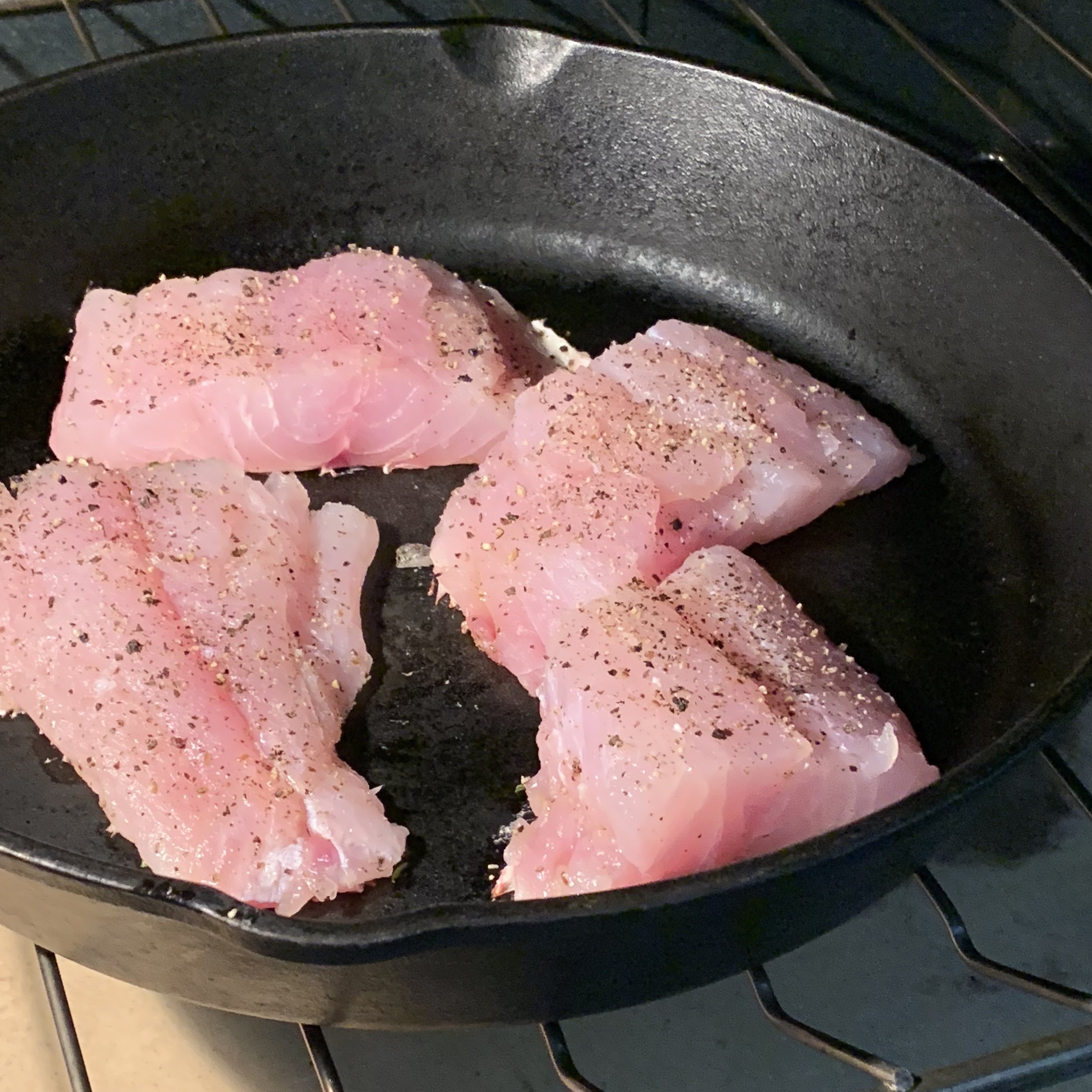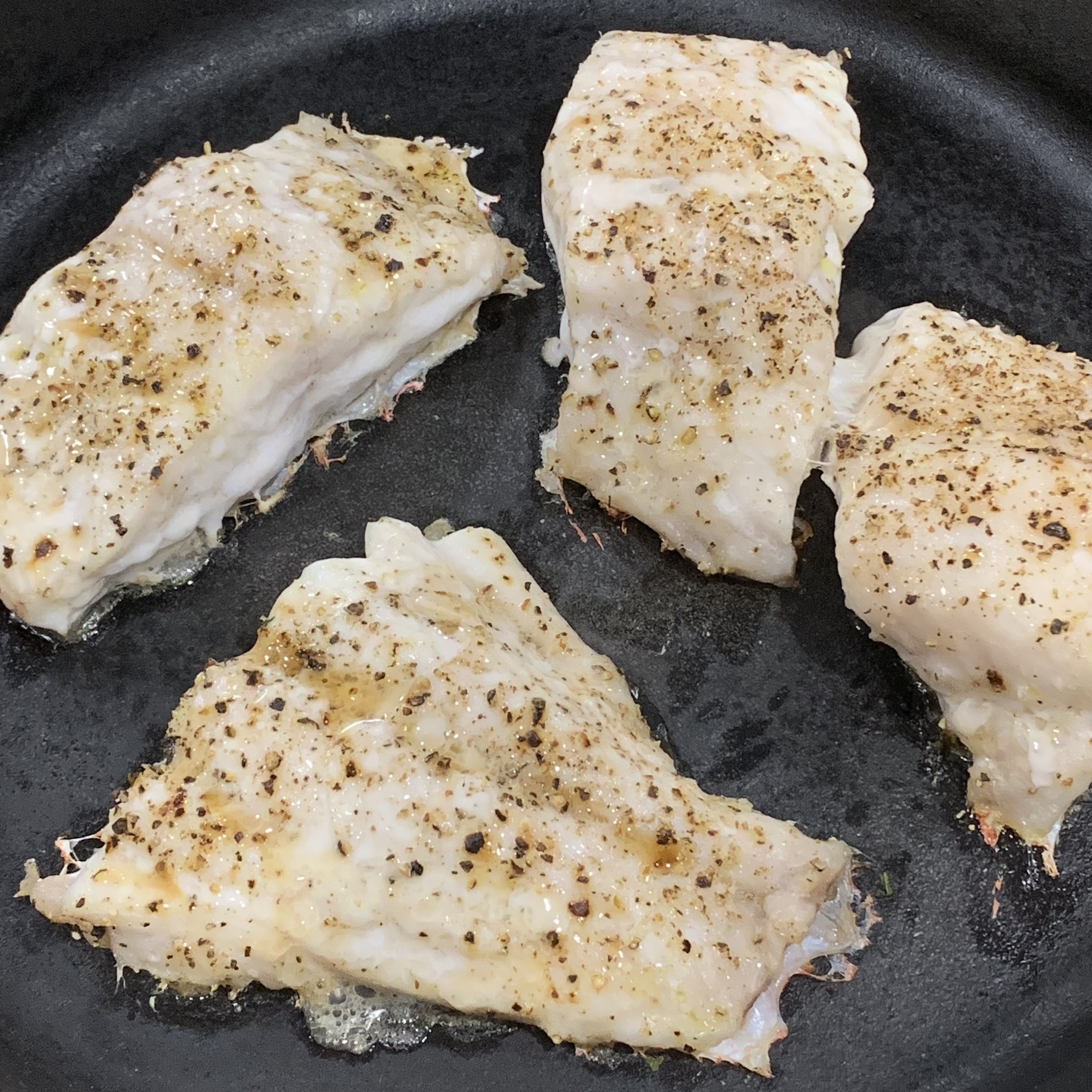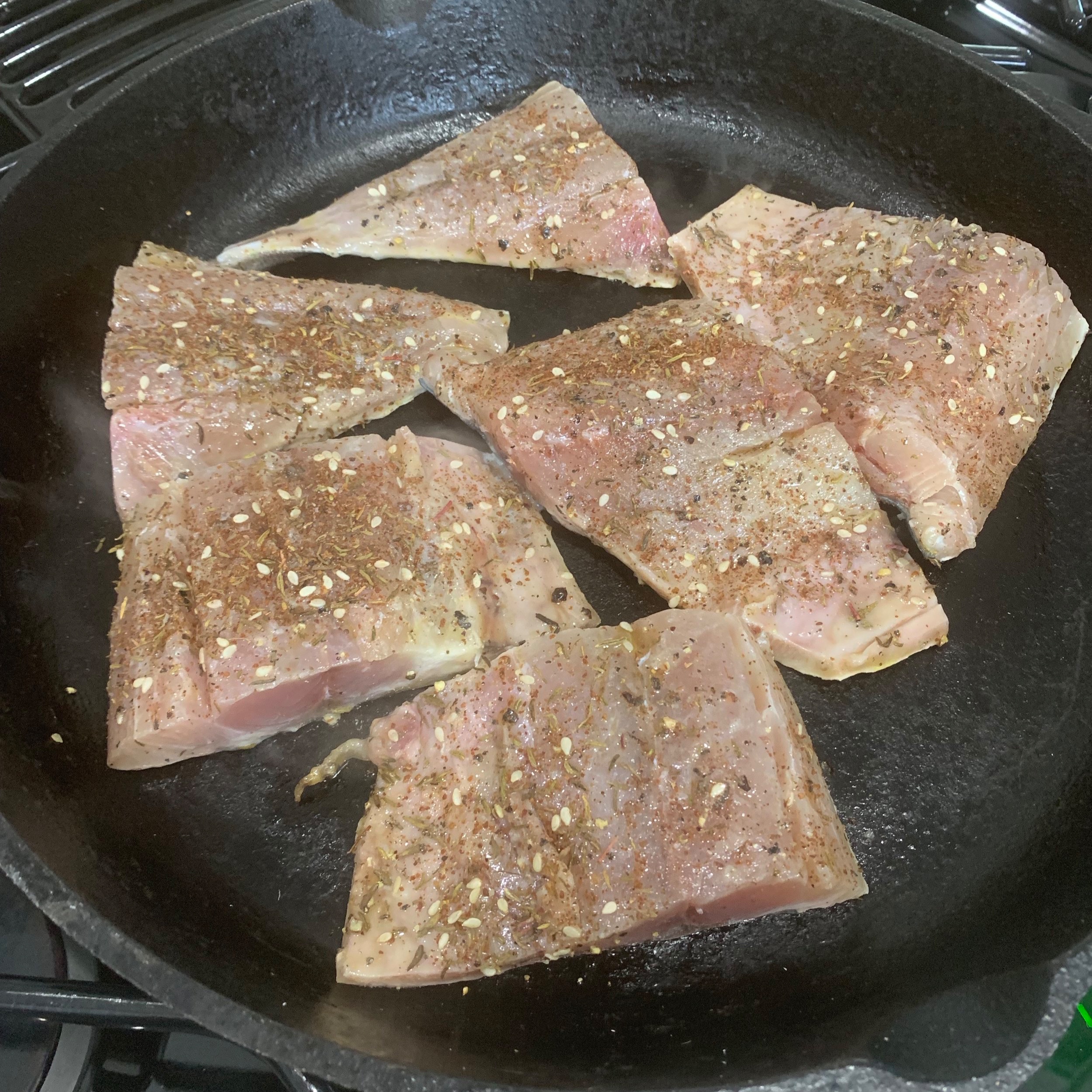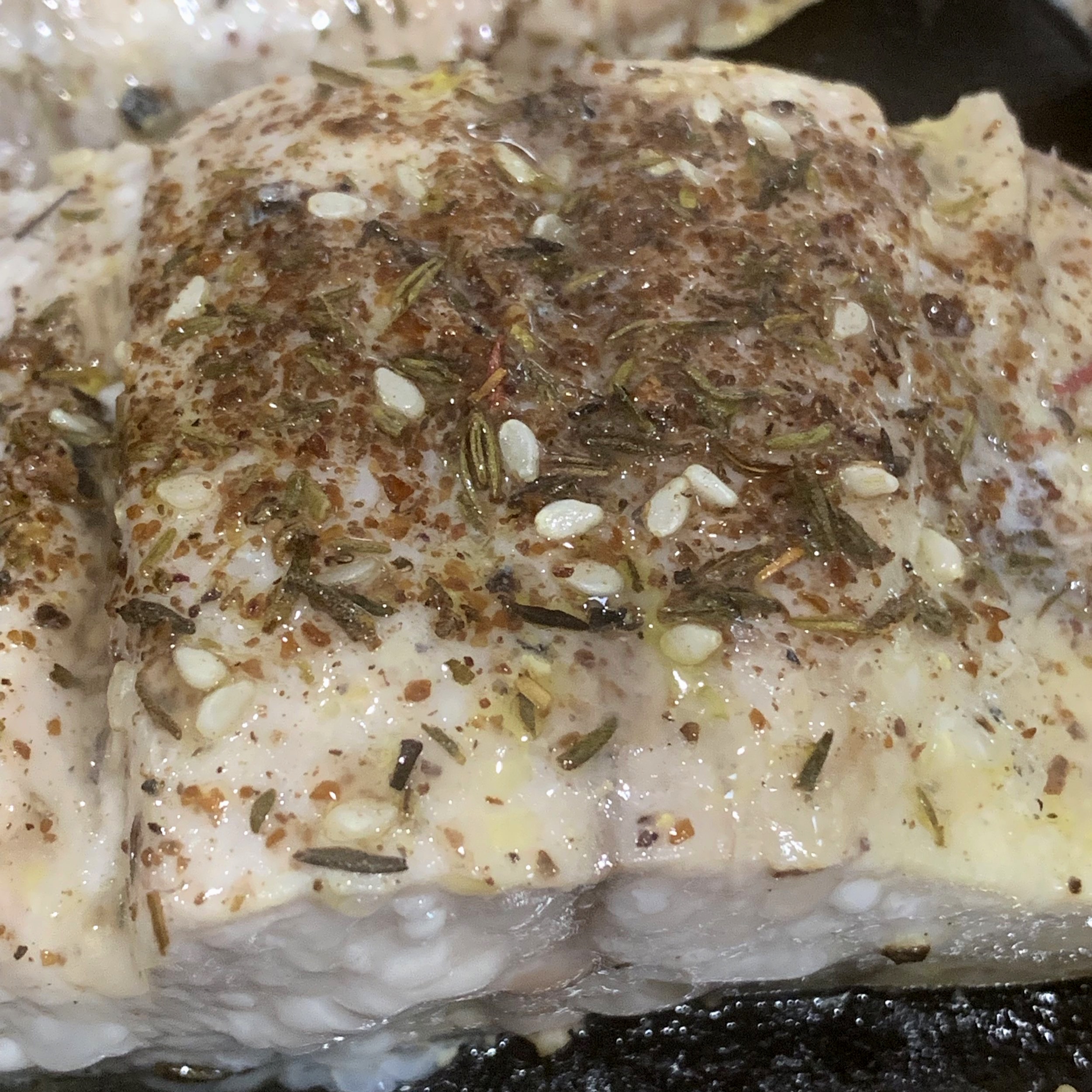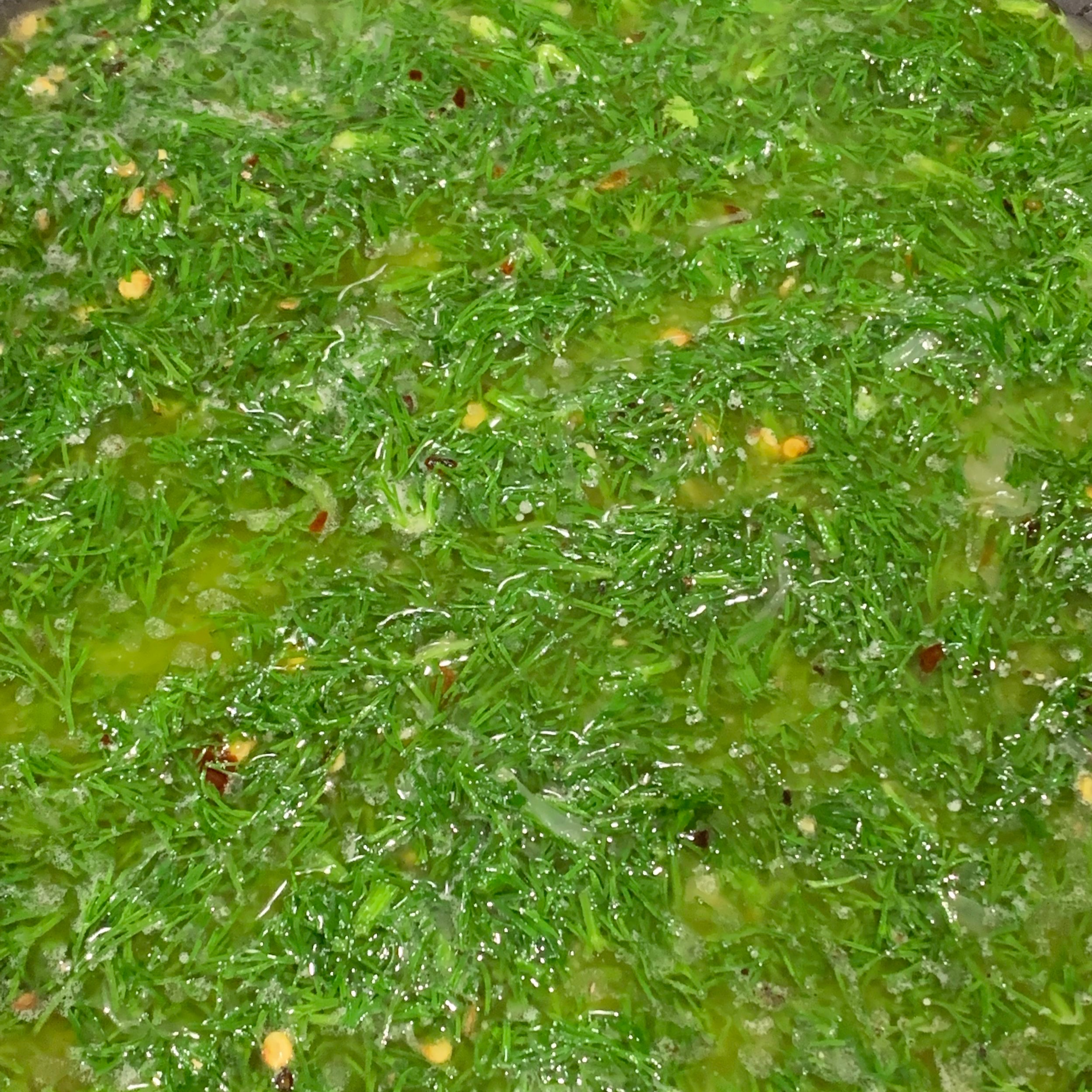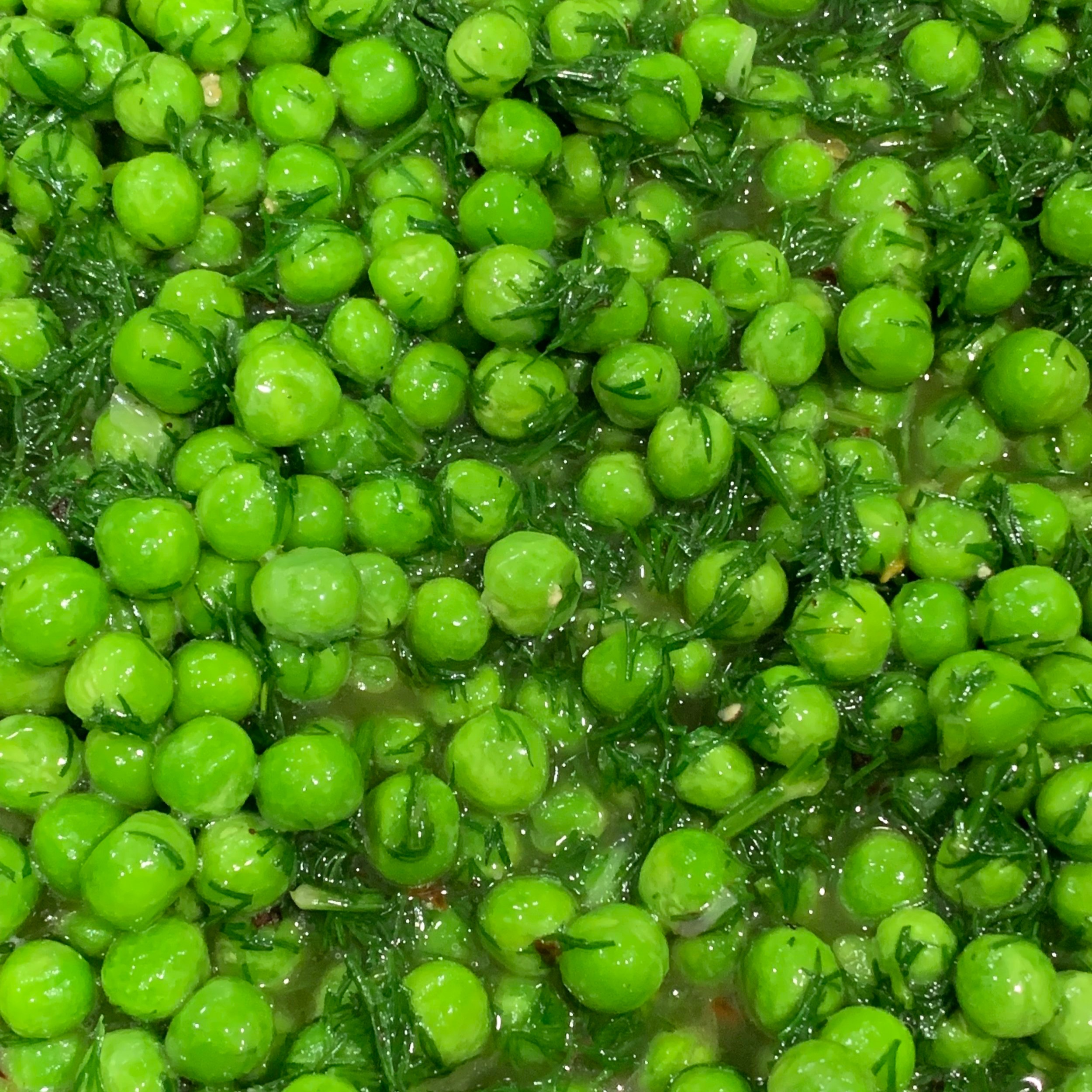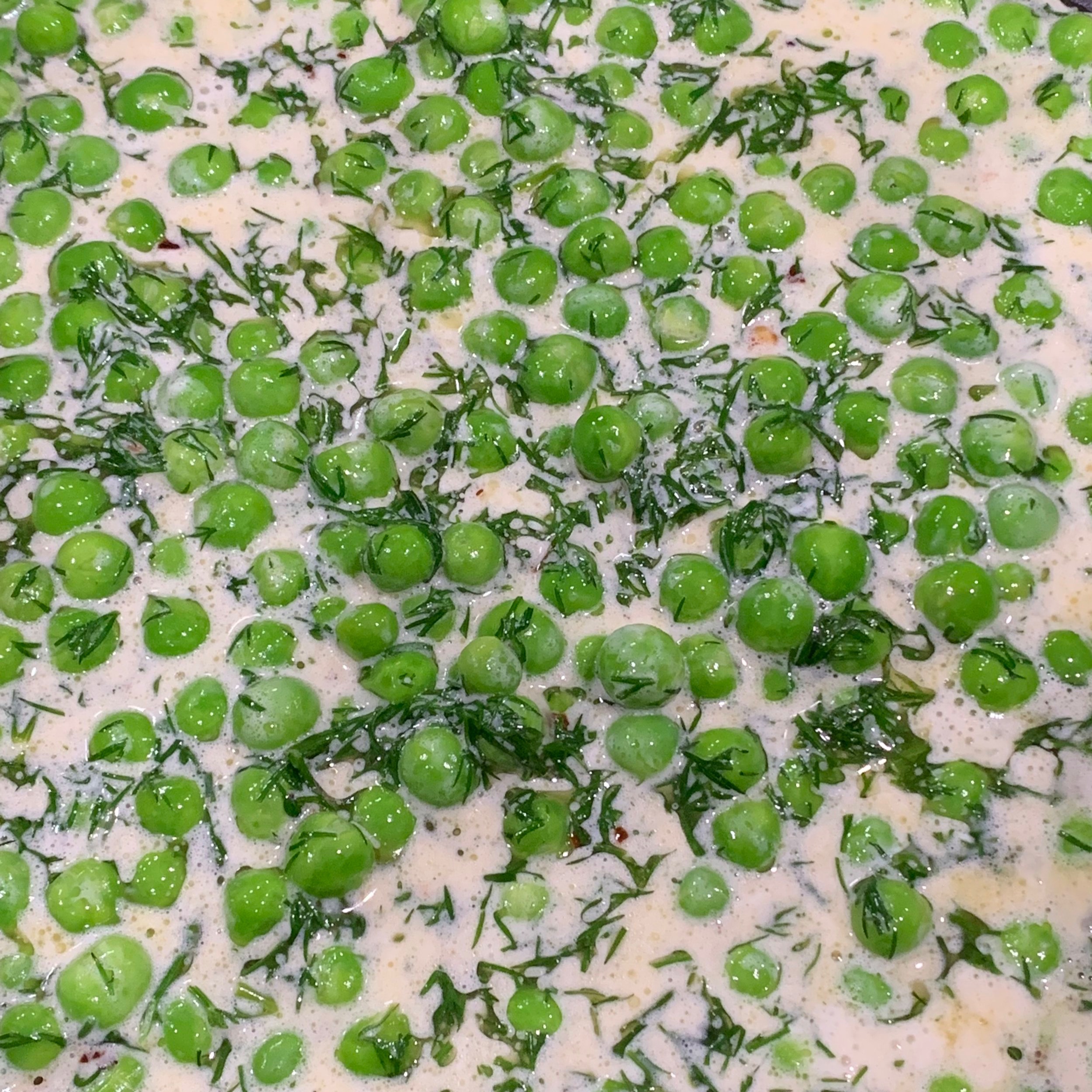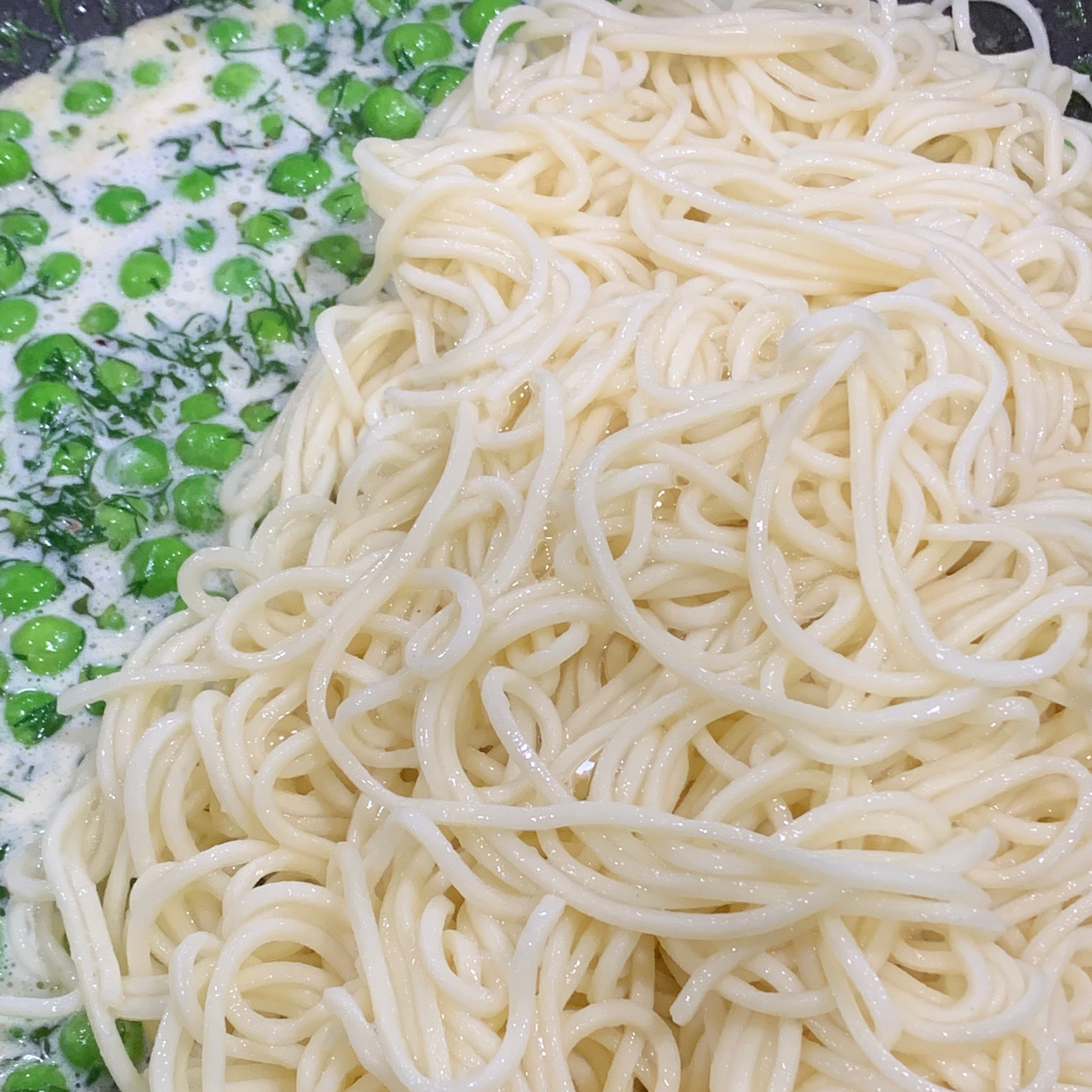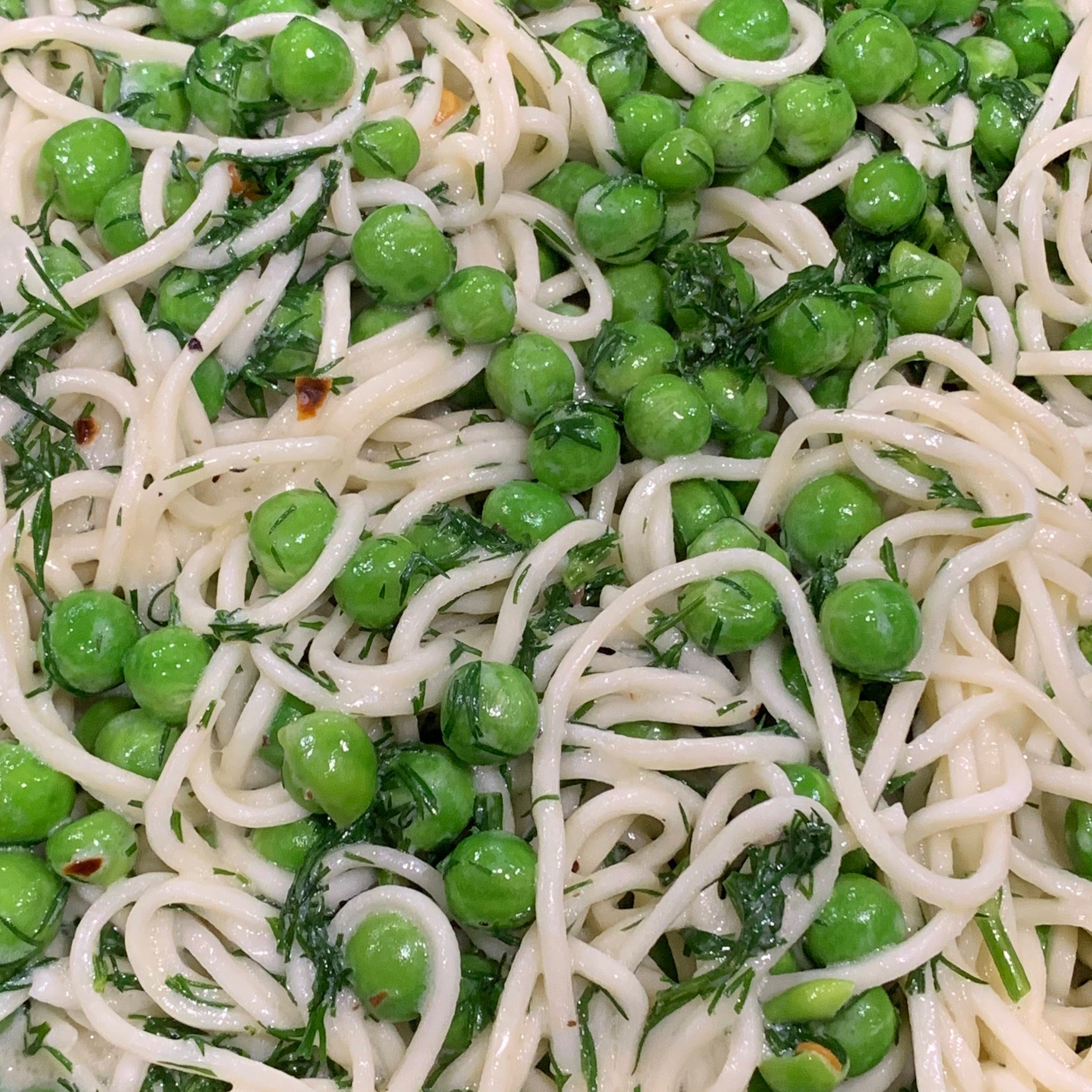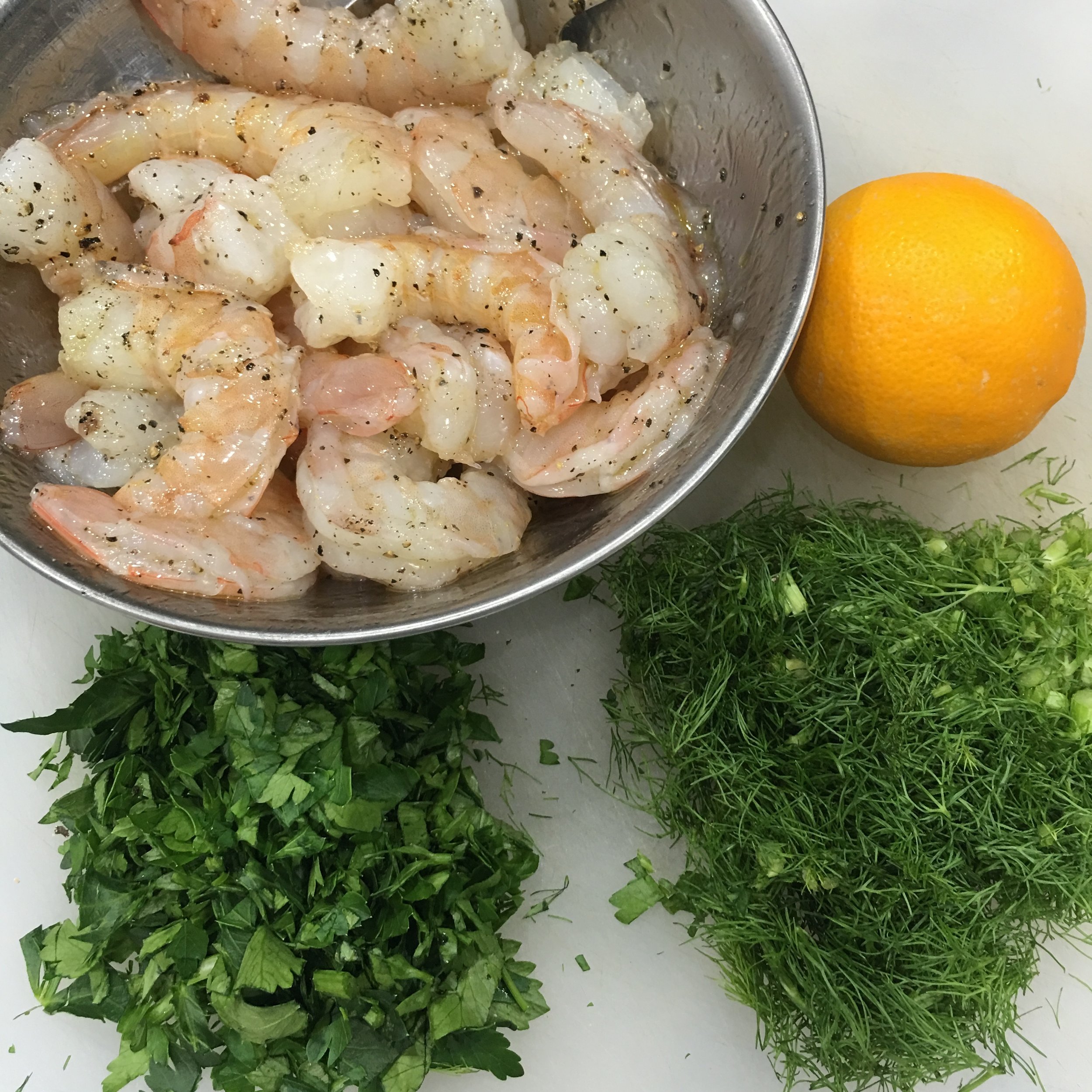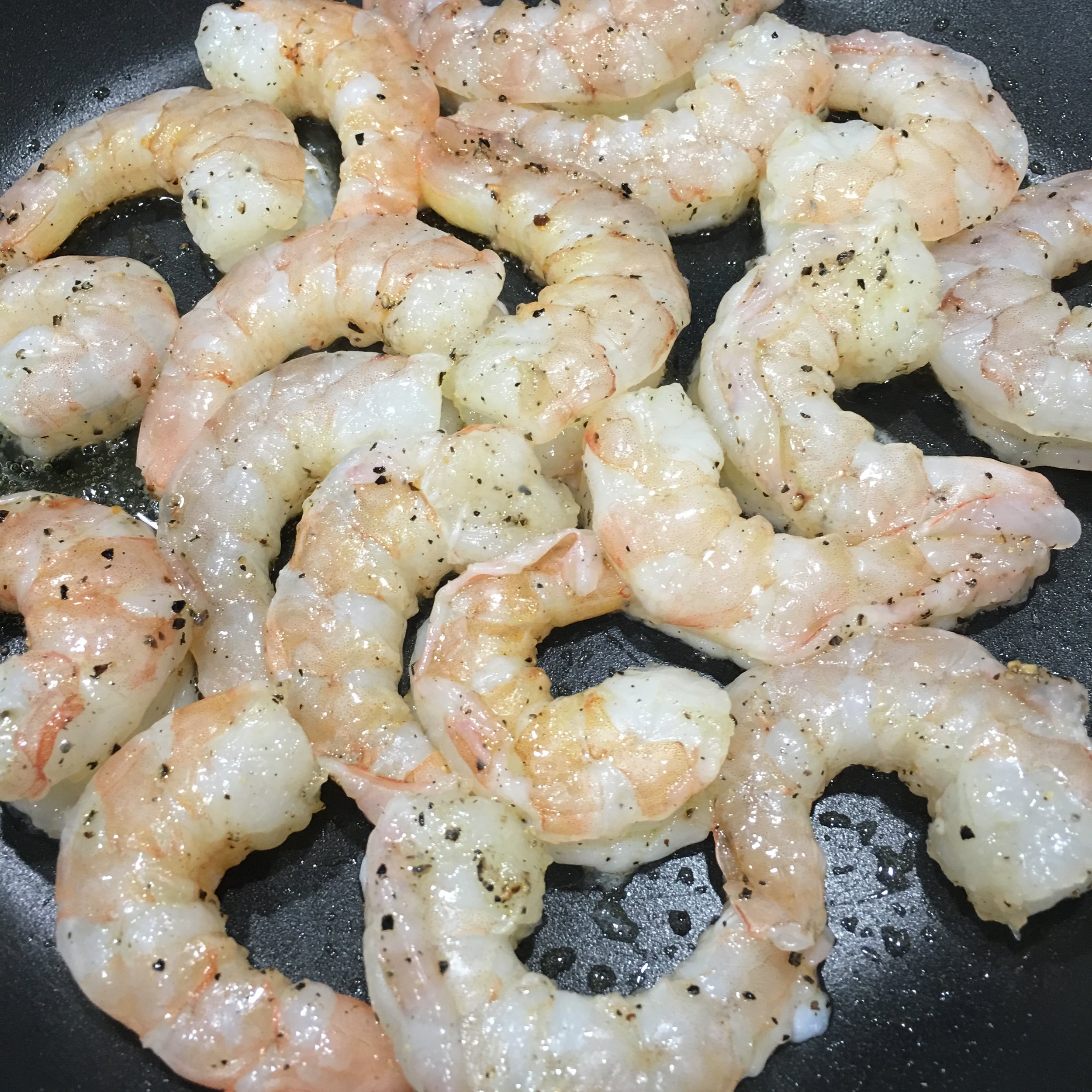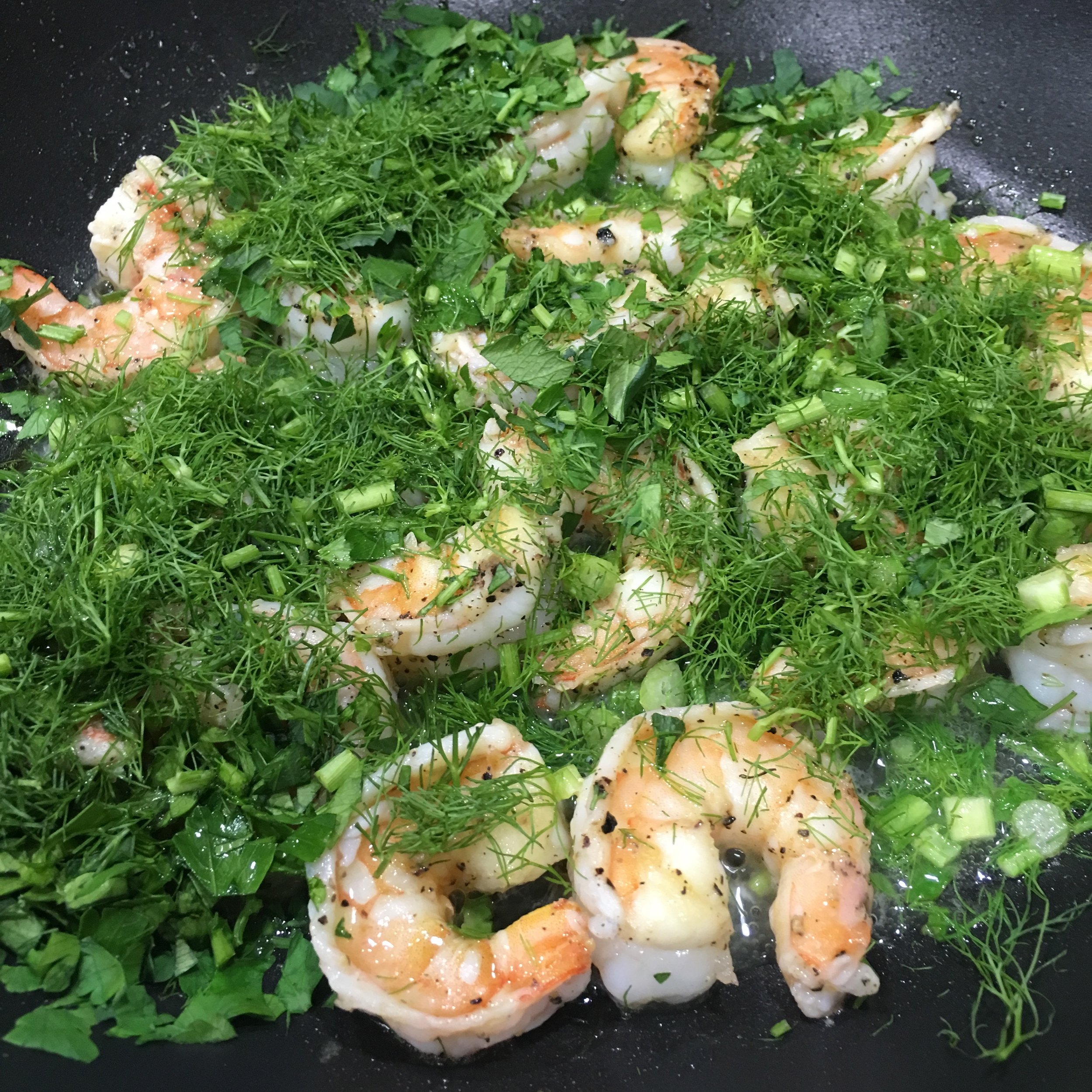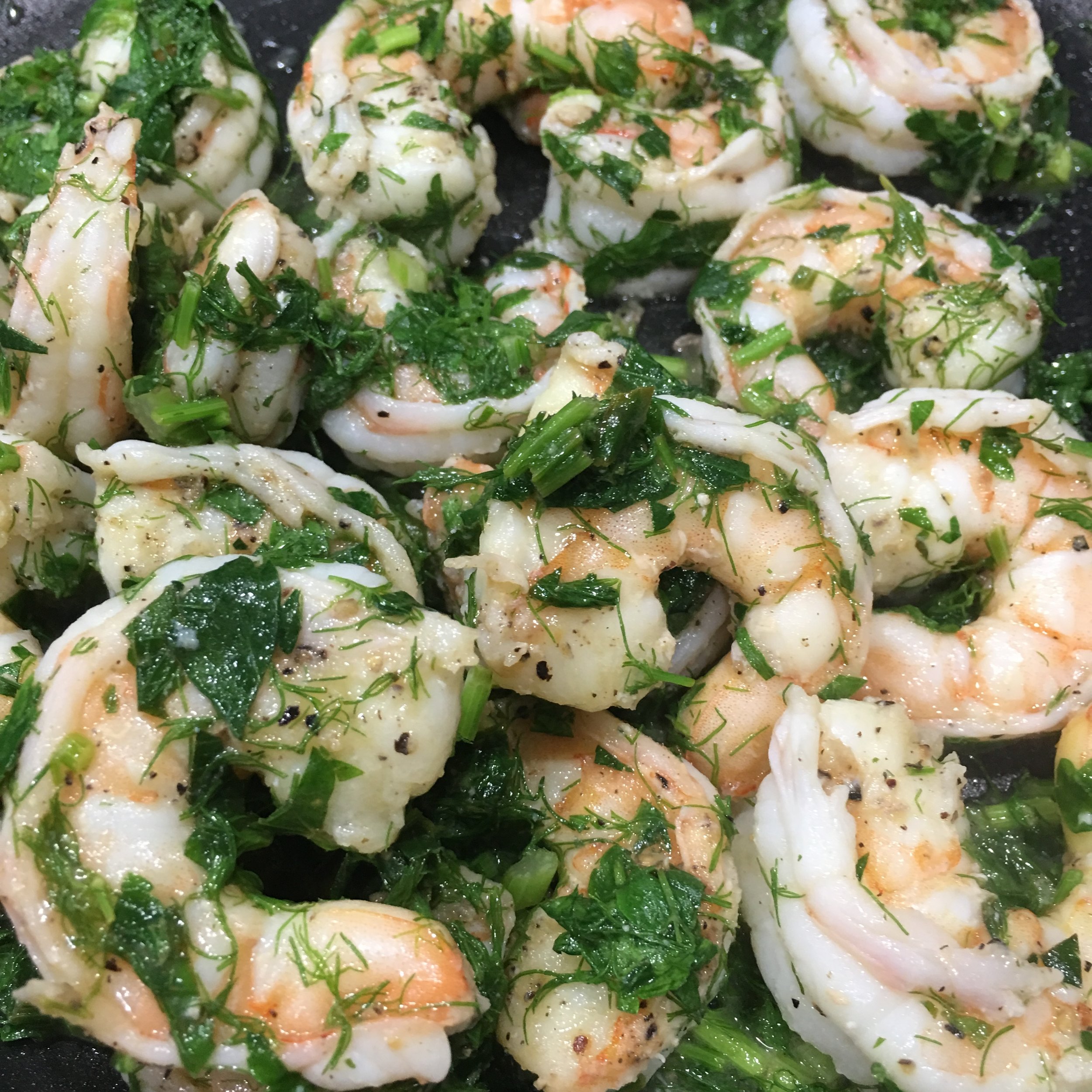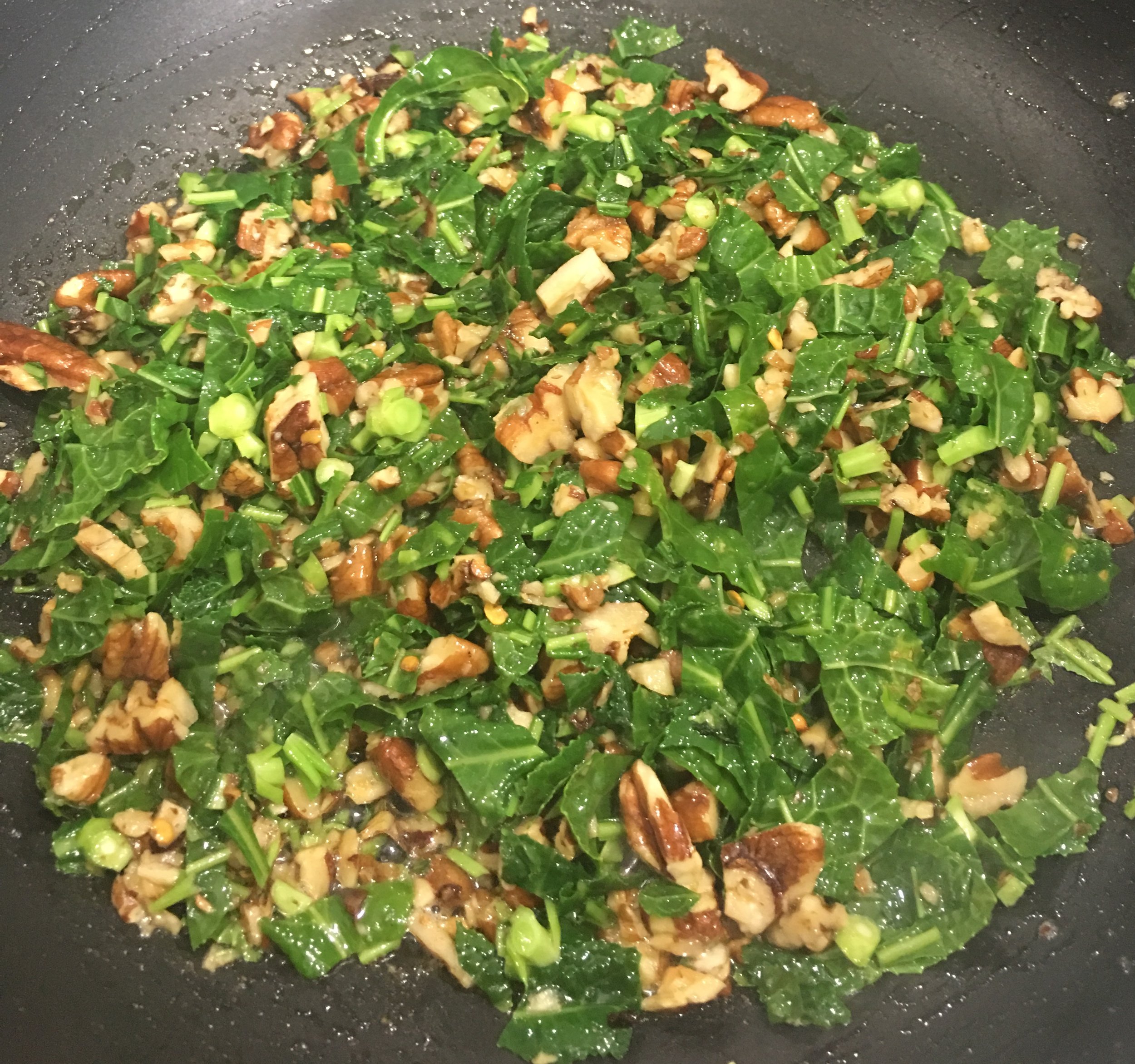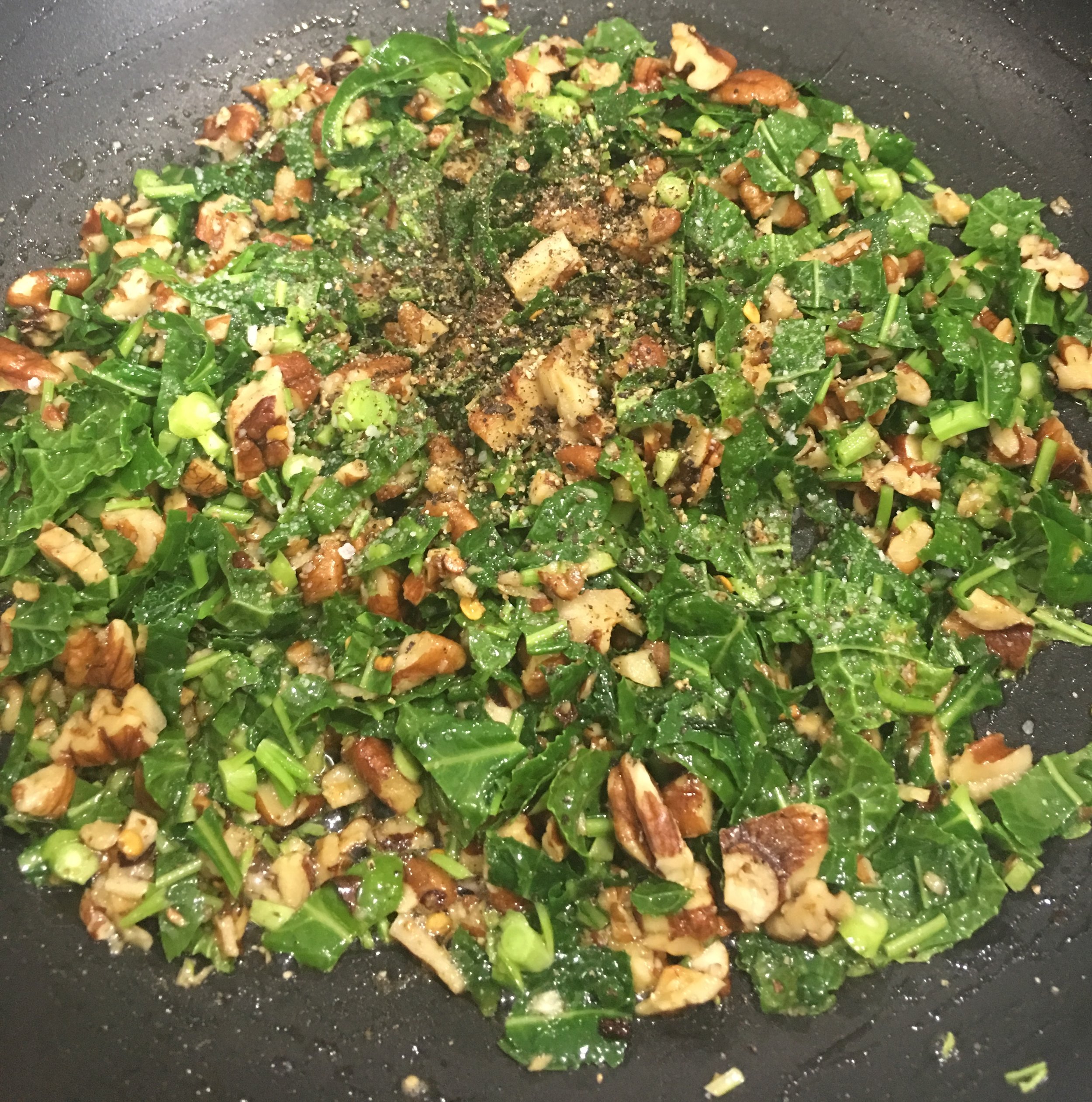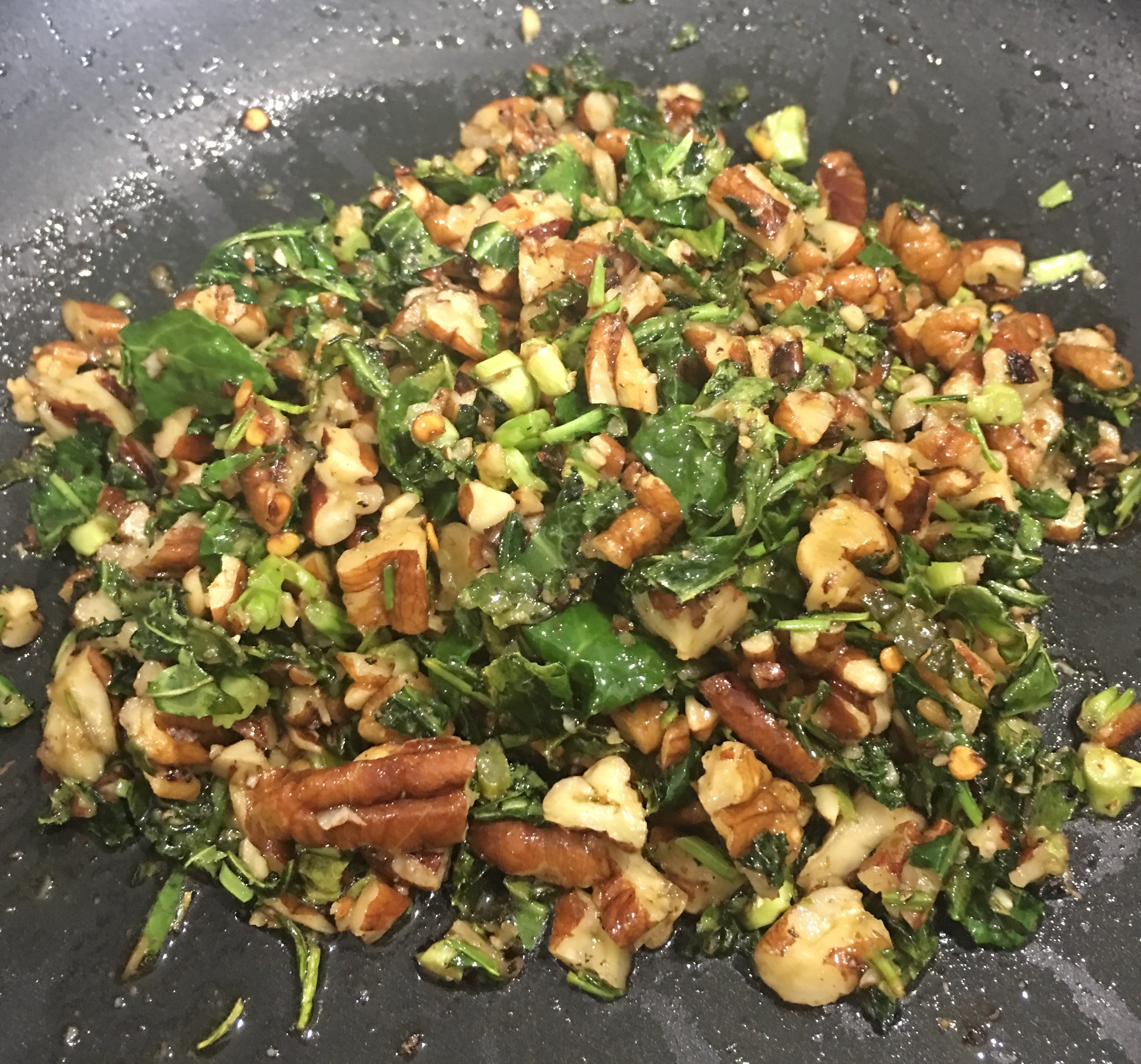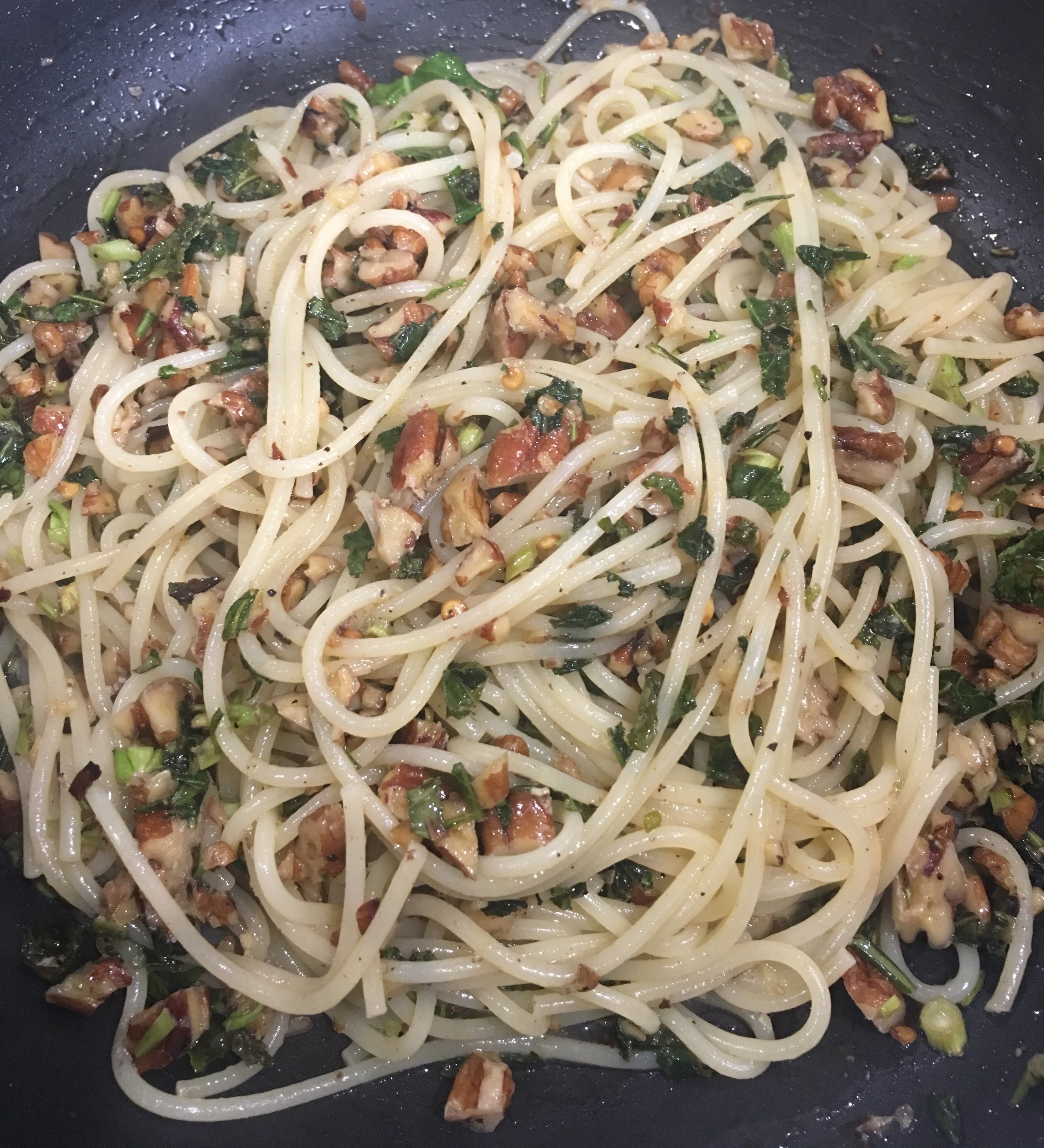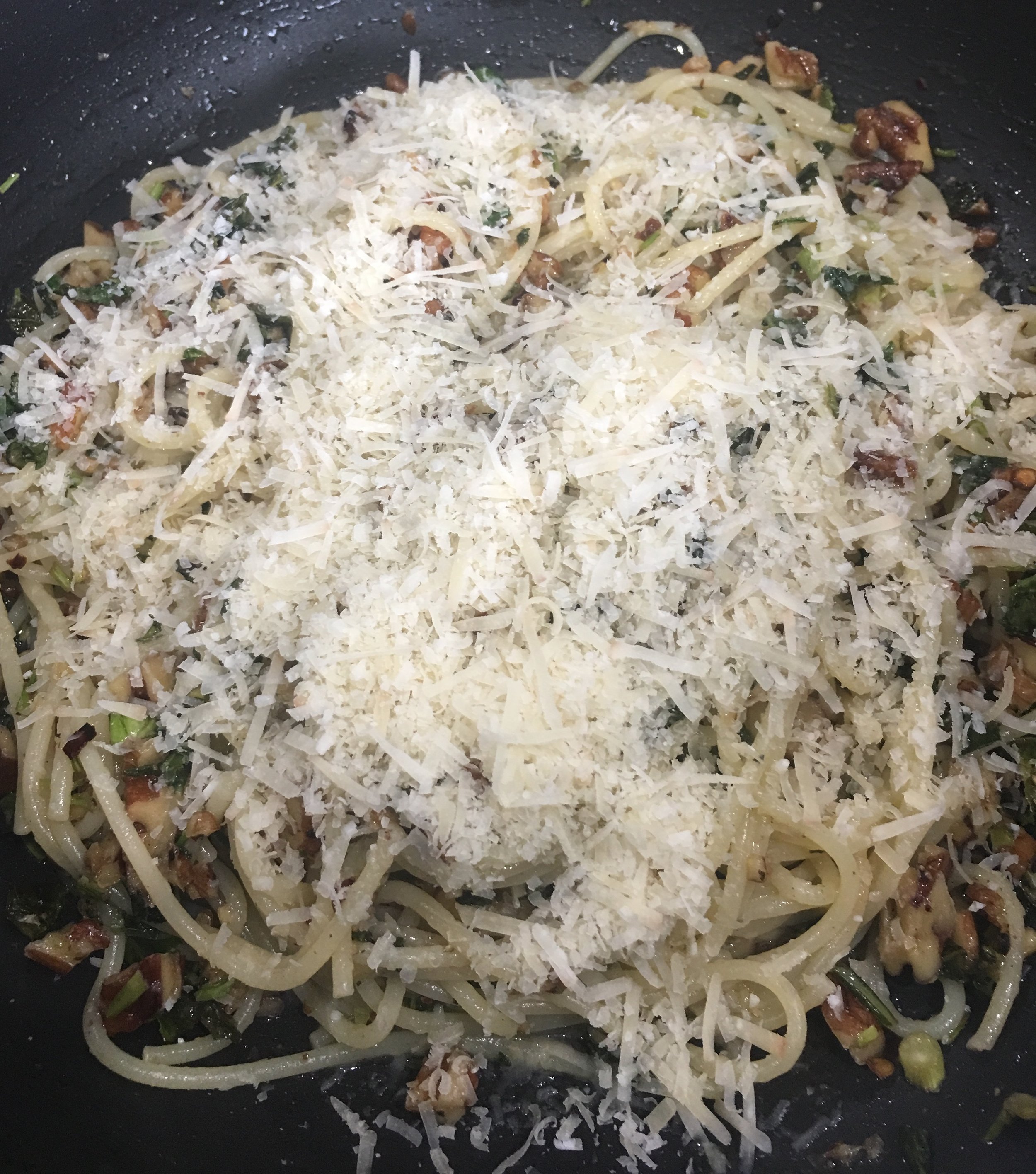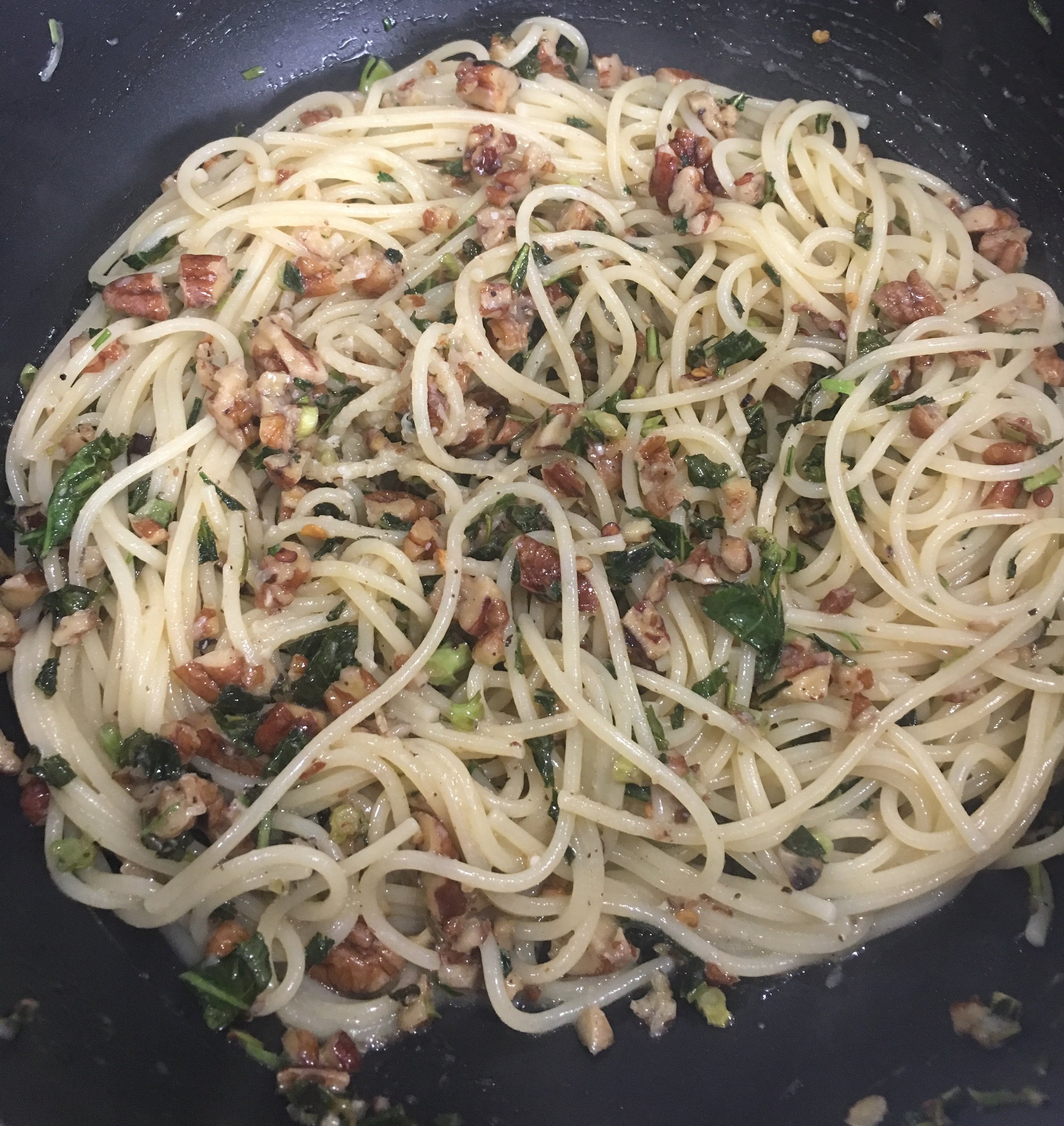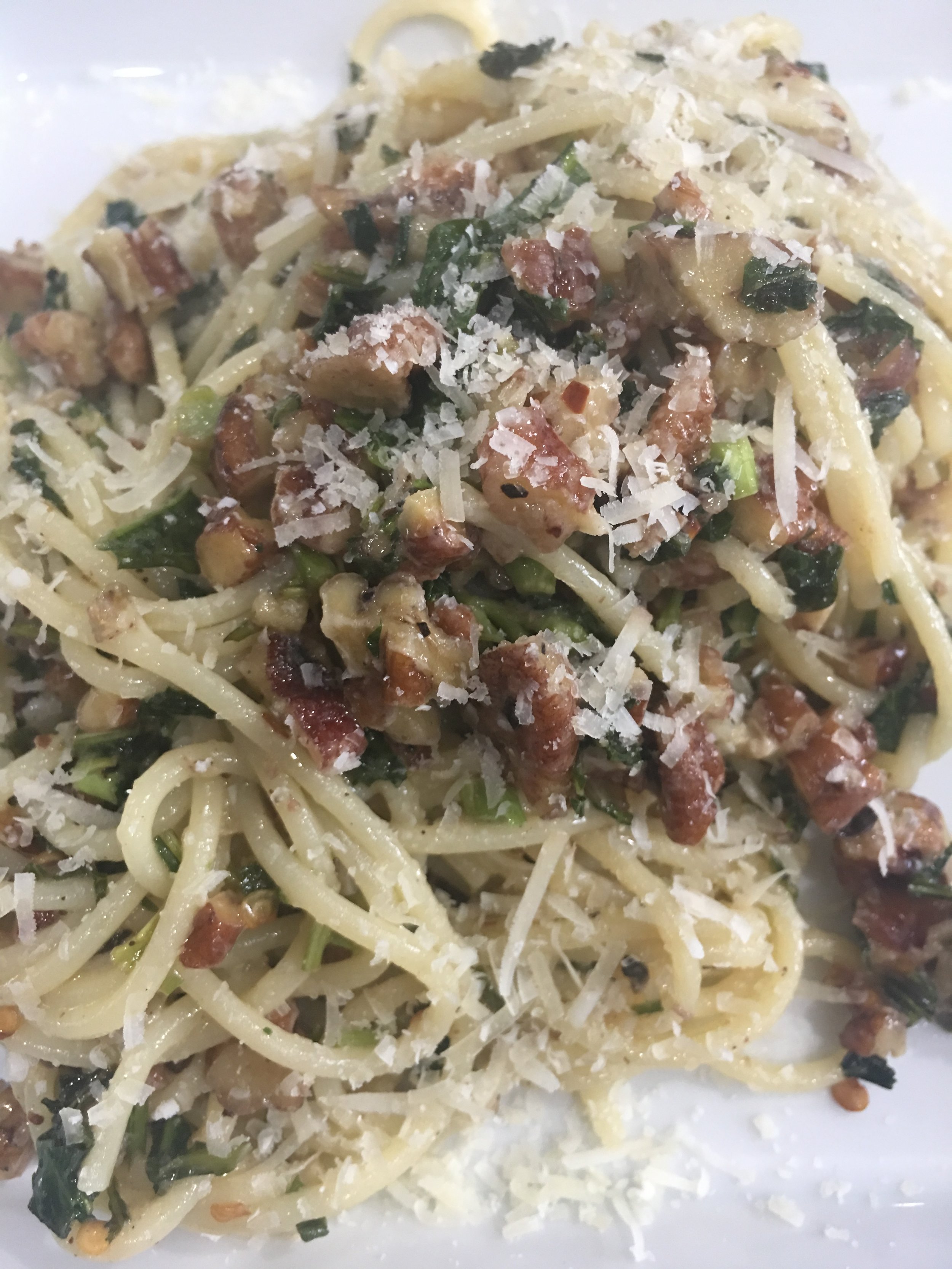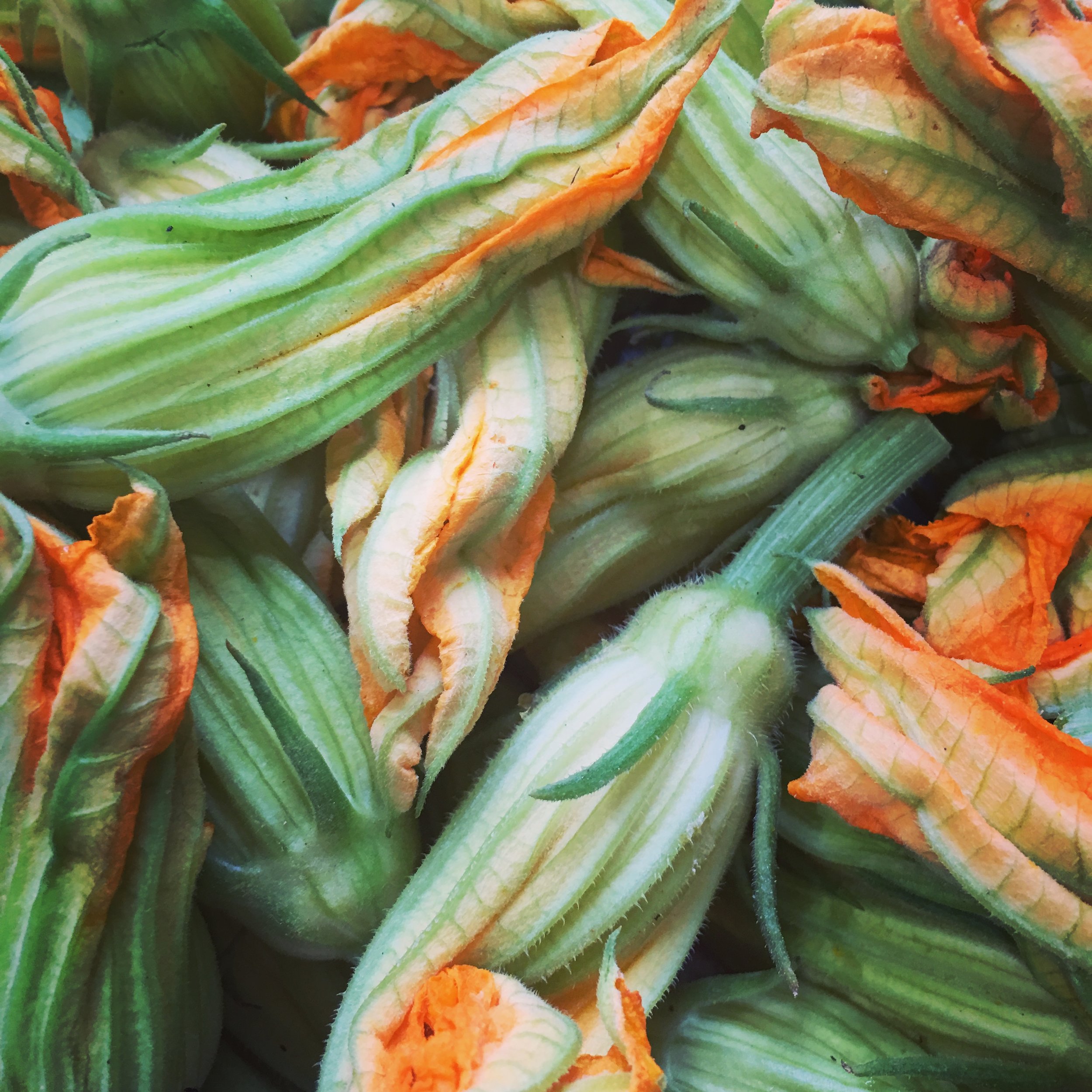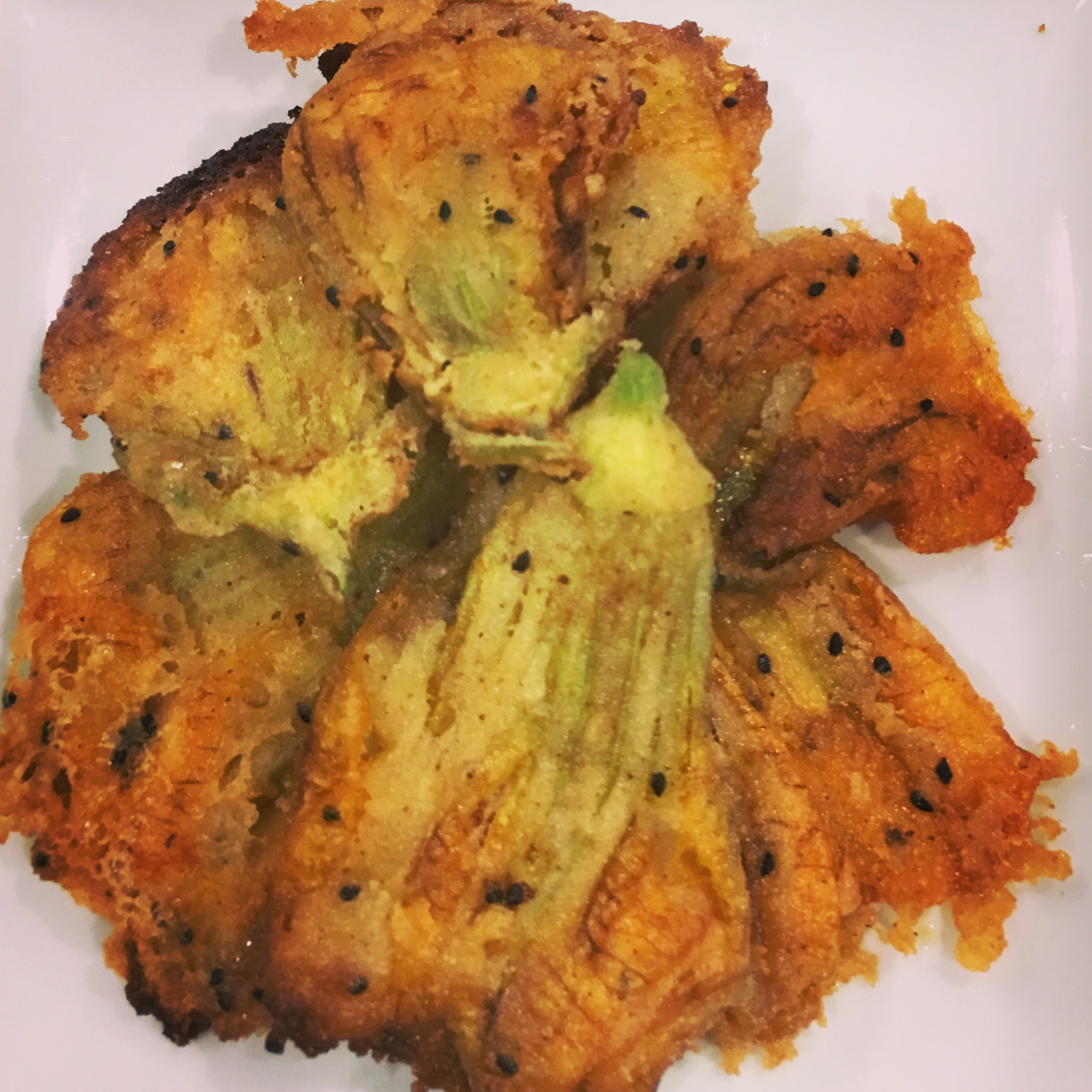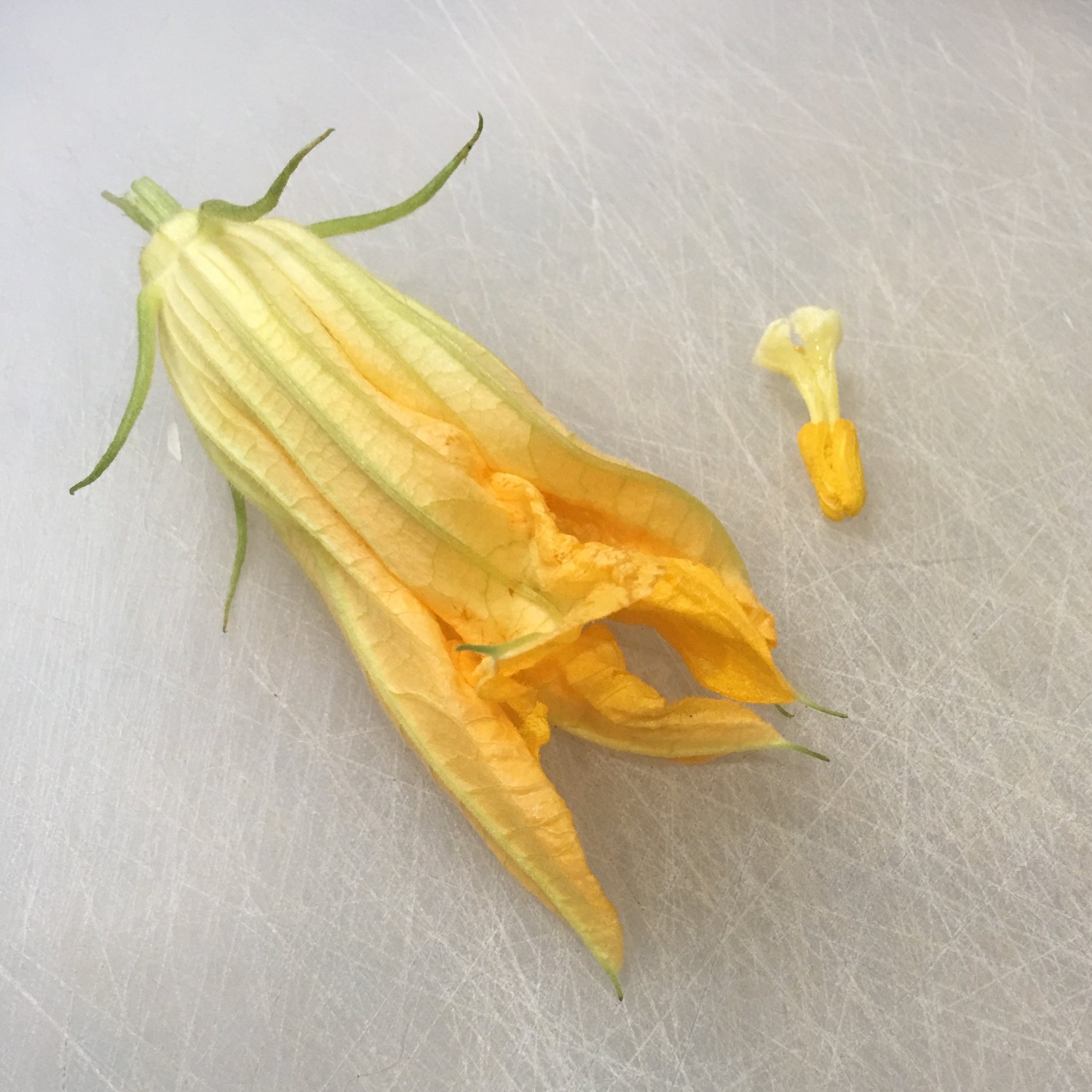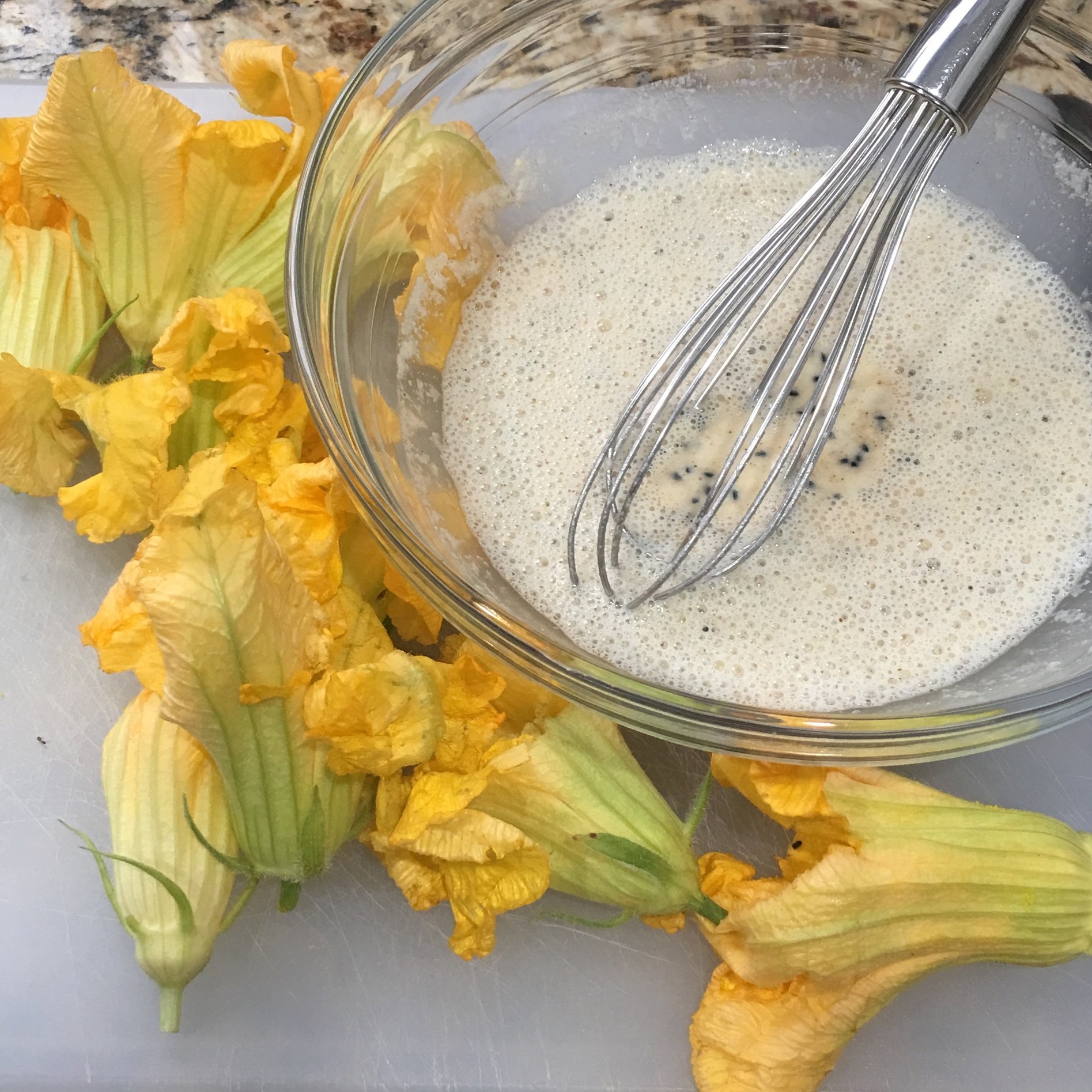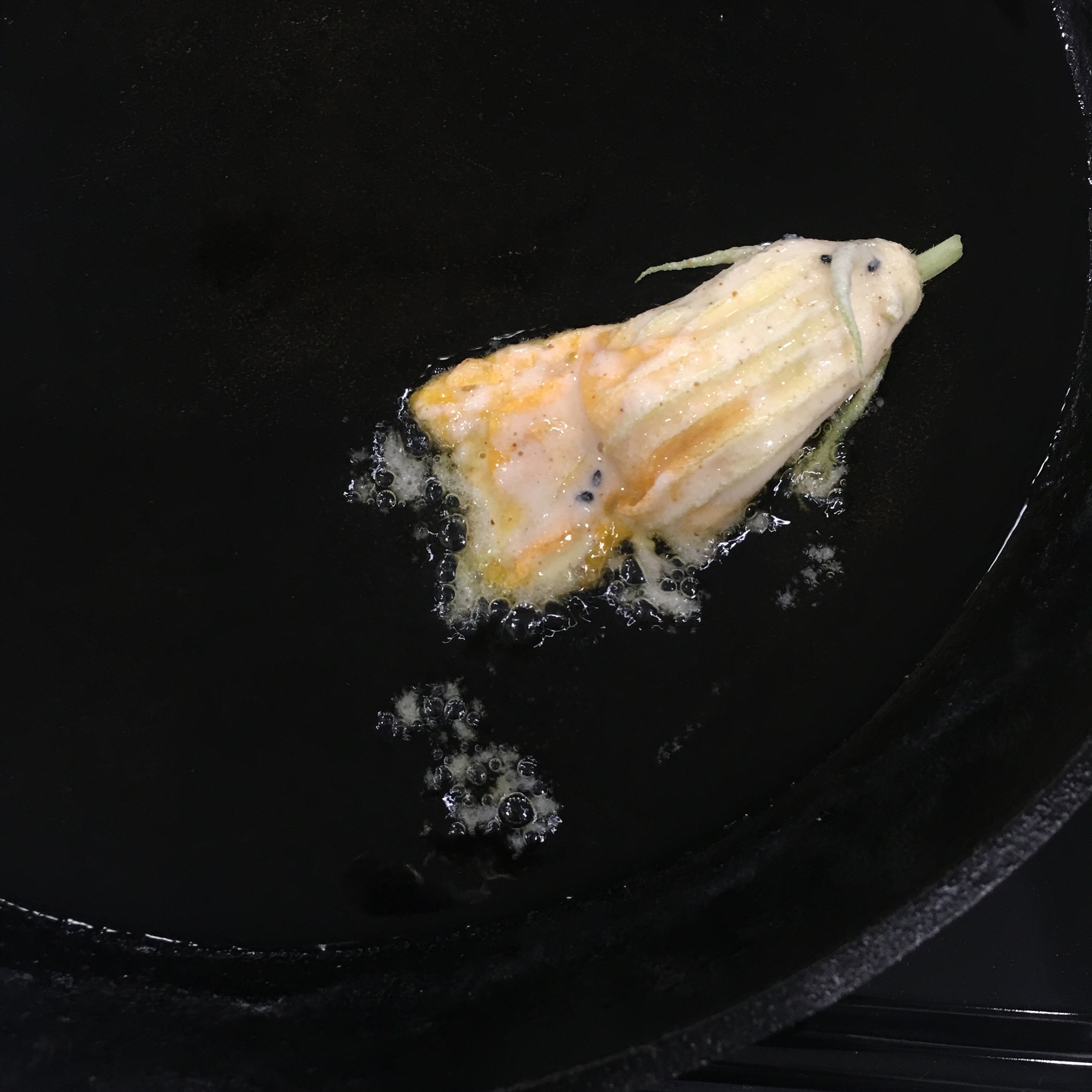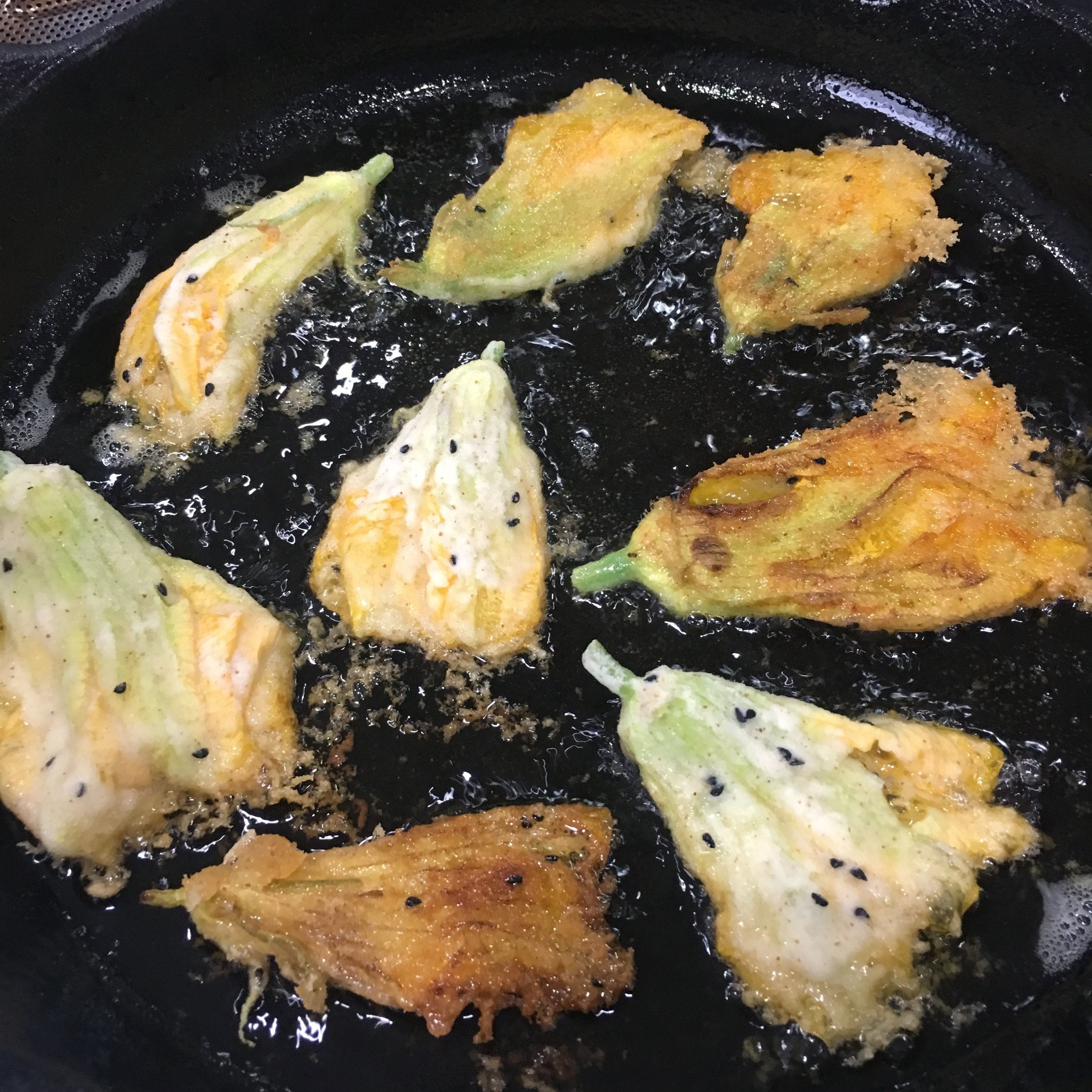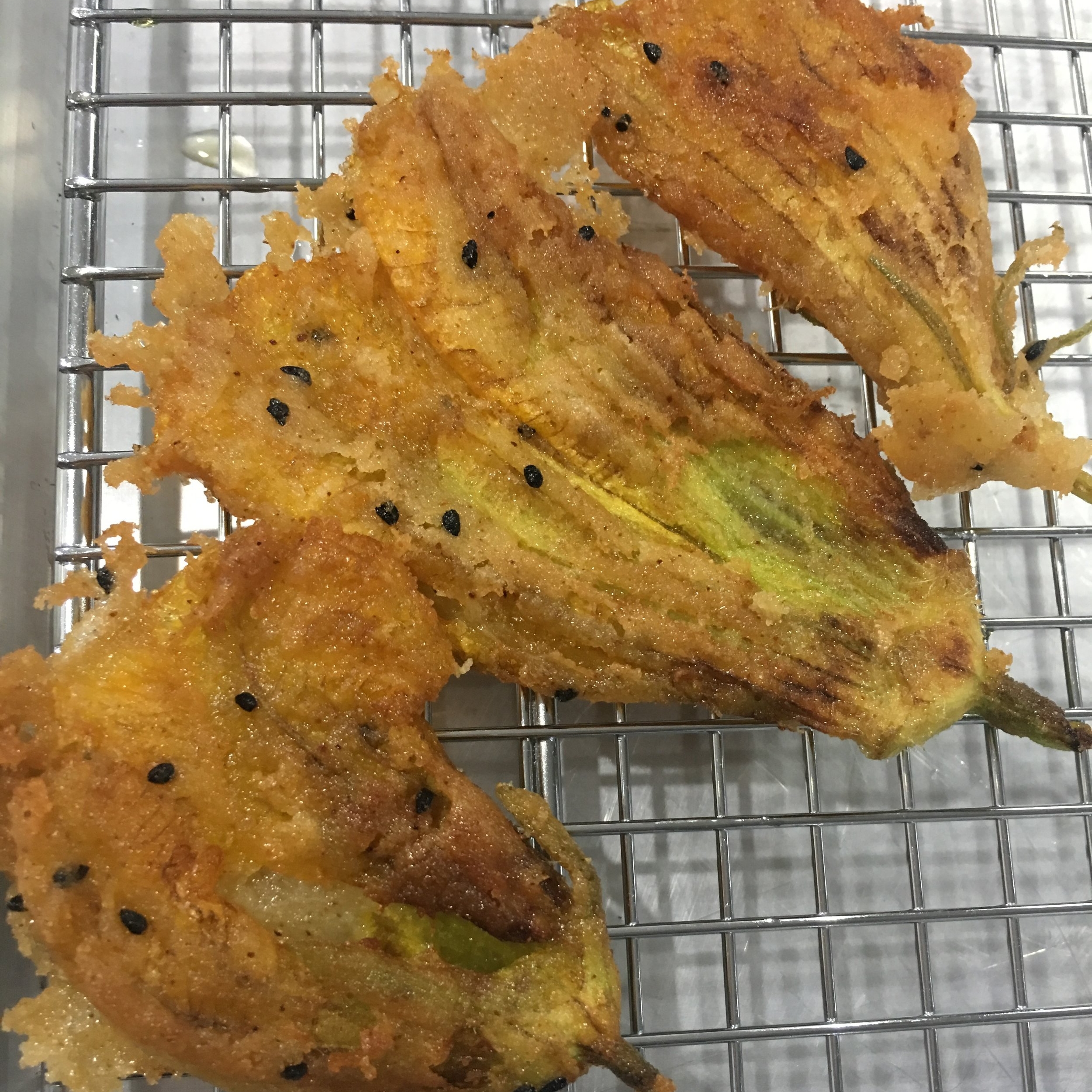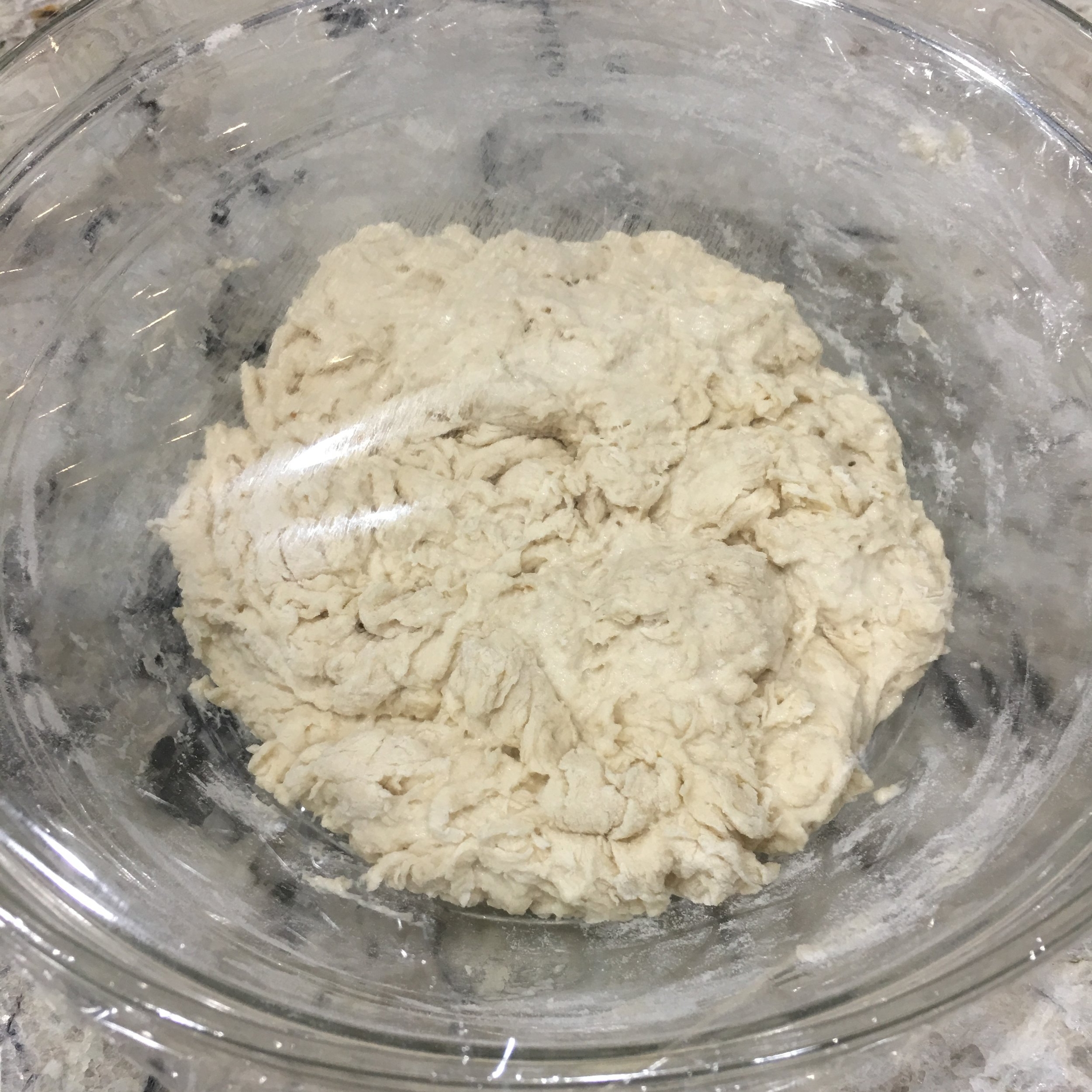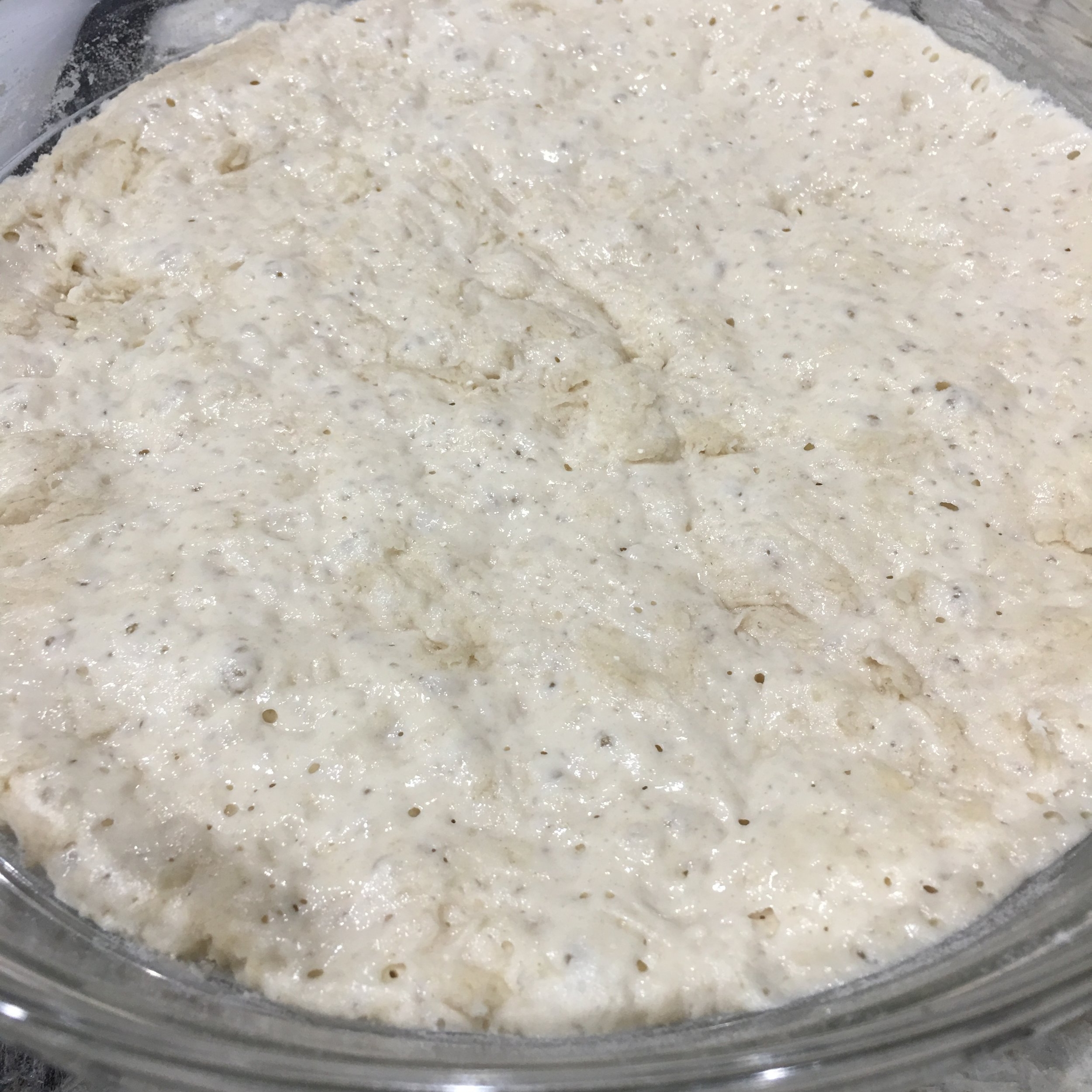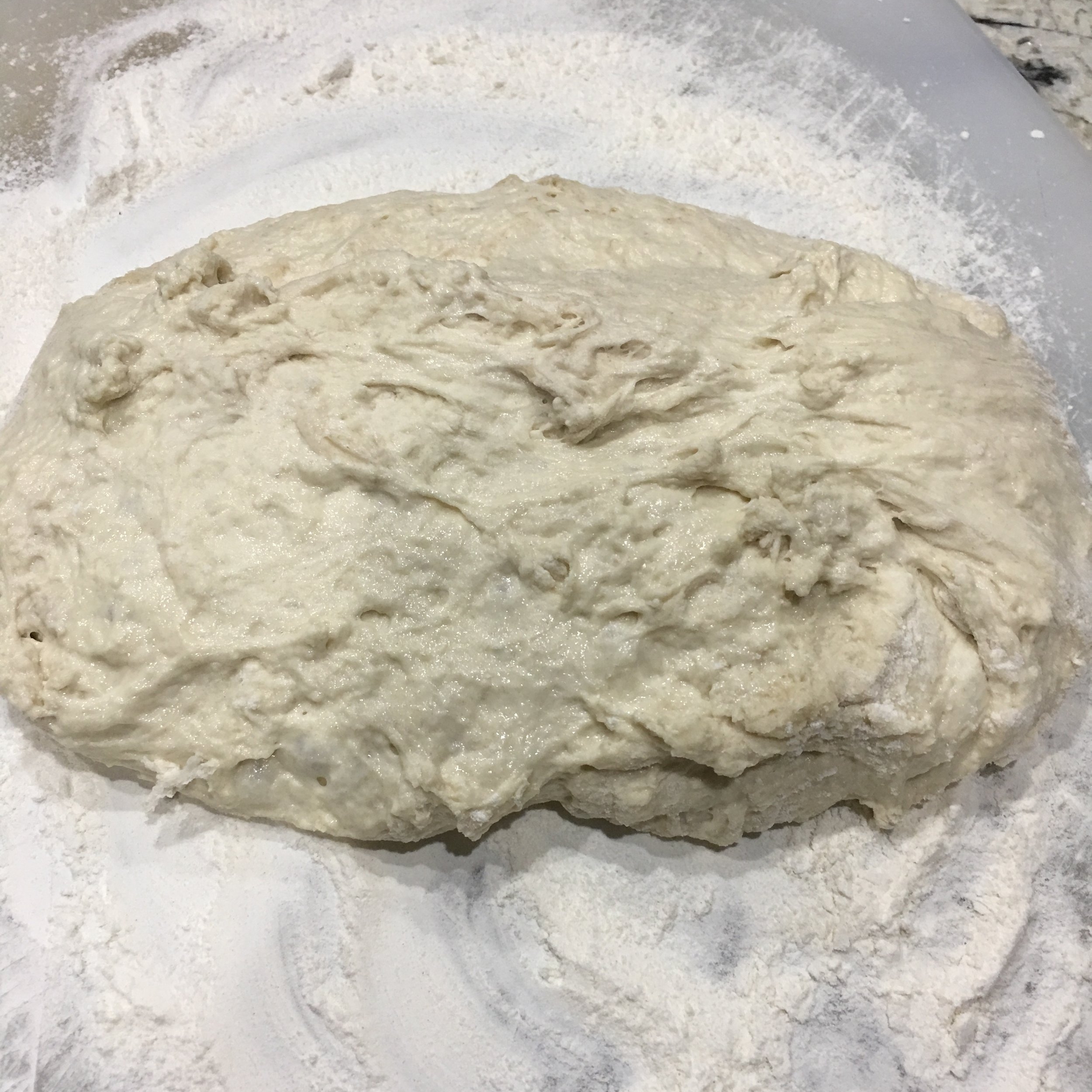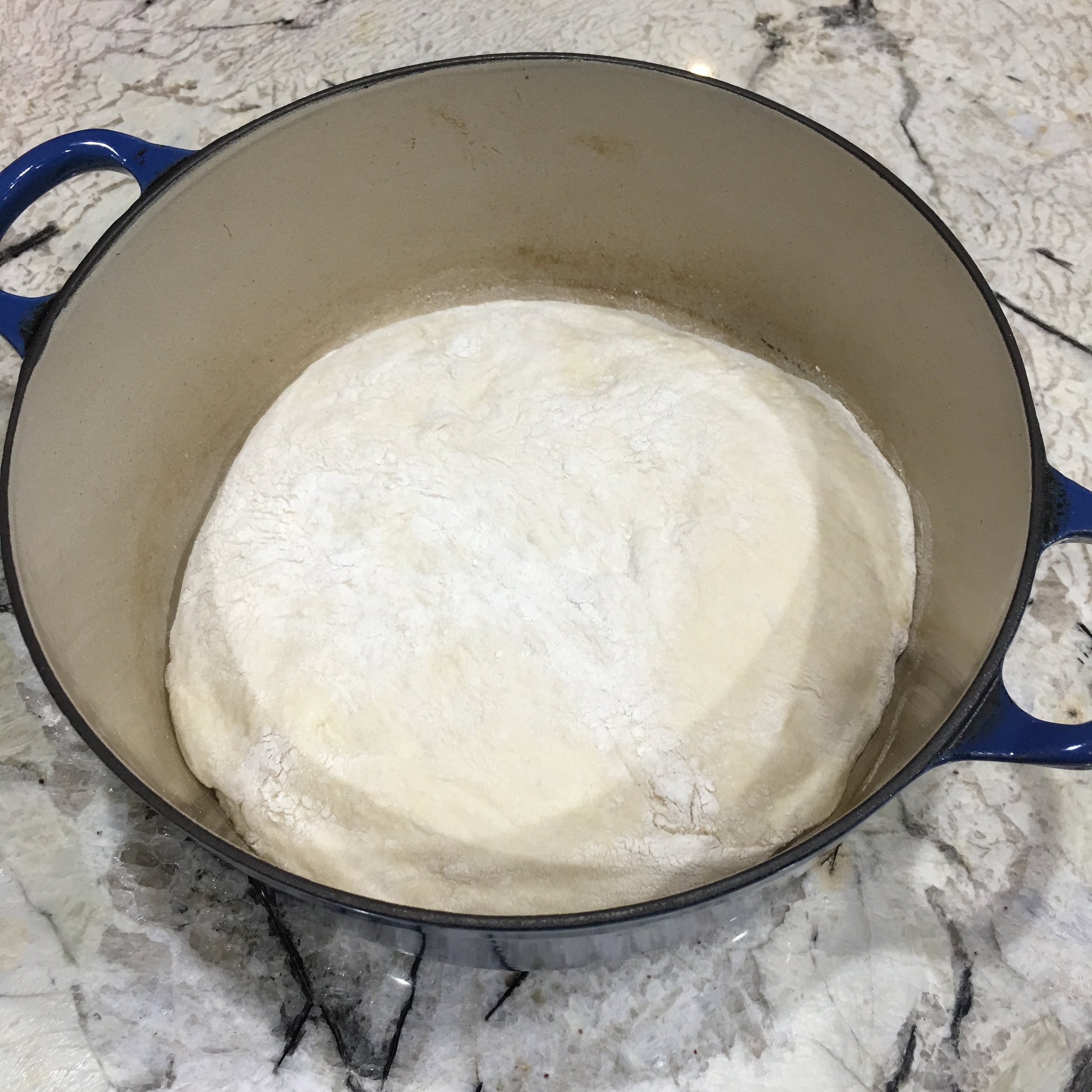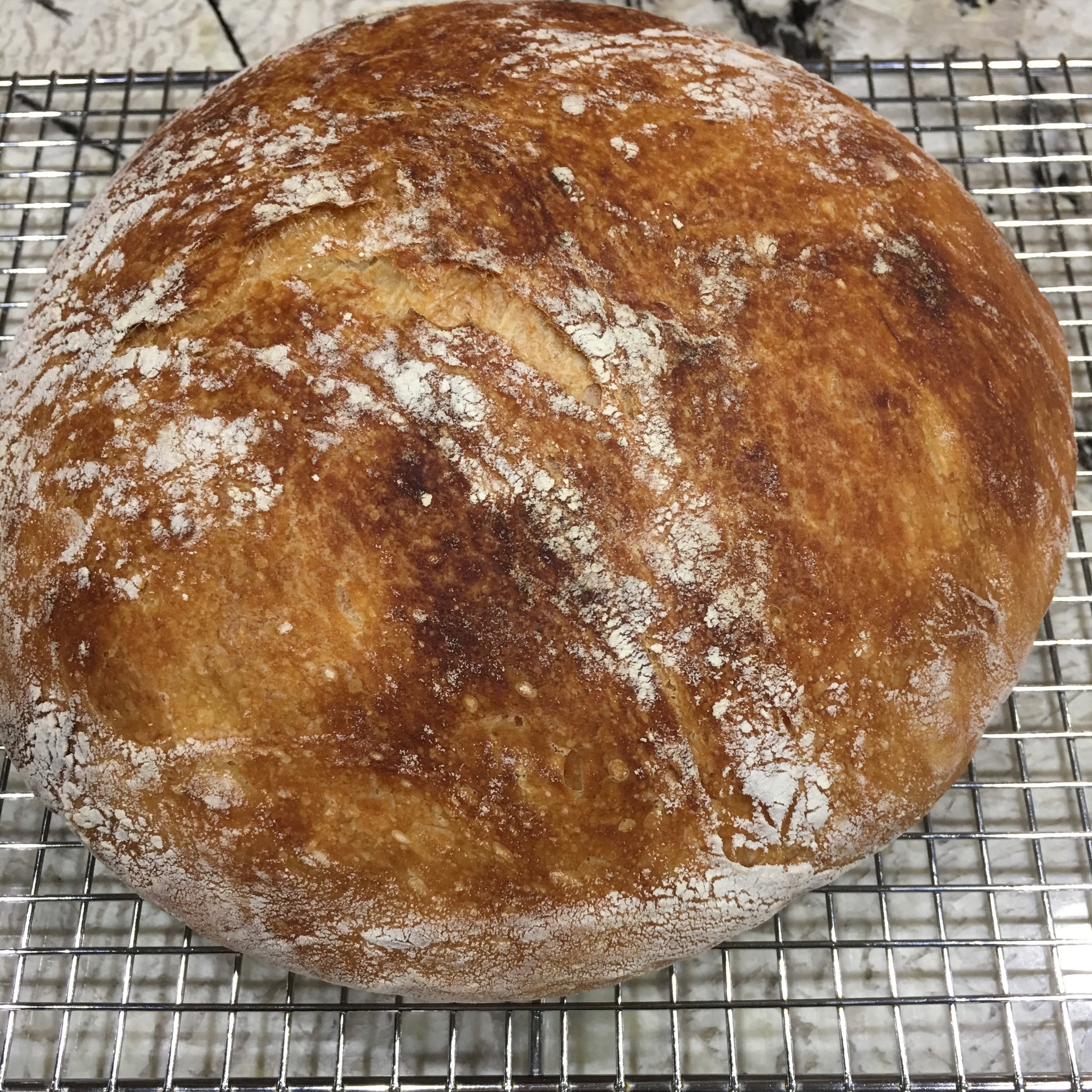My first exposure to Irish food was in the late 1960s when I lived in London and Shepherd’s Pie has been a comfort food for me ever since. The second Irish dish I learned to love was Colcannon. The name alone sounded magical and was fun to say. Little did I know the magic was in its simplicity and humility. When I moved to Houston in the early 1970’s, no one had heard of Colcannon. Then came Darian Allen and her Balleymaloe Cookery School via the airwaves on PBS (our Public Broadcast Station). Her recipes were simple and made from fresh garden and local ingredients. Because I always seem to be short on time, this Colcannon recipe is a quick version of her method. I leave the skins on the red potatoes for color and nutrition. Also because it’s easier. If you have time to boil and steam the potatoes whole then peel them, look up Darina Allen’s recipe. It’s well worth the time.
Colcannon is velvety, luscious and satisfying. It is a minimalist dish, so each of the ingredients should be fresh and delicious. Luckily, beautiful cabbage and new potatoes are in season as spring blossoms being to show here.
I don’t know anyone who doesn’t like this. When I cooked this at my farmers market cooking demonstration in 2018 in honor of St. Patrick’s Day, all the children came by for a taste and asked for seconds. Many who swore they hated cabbage left with their minds changed. That should tell you something.
Potatoes are a rich source of vitamins C, B6 and magnesium. Cabbage is an excellent source of vitamins C, B6, K, fiber and potassium. It is also a good source of vitamins B1, B2, B3, B7, choline and selenium. This dish is healthy and delicious. Nutritionally speaking, it rocks!
Serve it with roasted salmon, lamb, corned beef, sausages, chicken…it’s a perfect accompaniment or great on its own.
RECIPE: COLCANNON
INGREDIENTS
1 pound fresh red potatoes
1 pound Savoy, spring cabbage, or kale, chopped
½ stick salted Irish butter
1 cup whole milk
1 oz spring onion or scallions, finely sliced
Sea salt and freshly ground black pepper
PROCESS
Simmer scallions in milk.
Cut and boil the potatoes is salted water.
Boil the cabbage. 4. Drain the potatoes and mash with scallion milk and 1/4 stick of butter.
Stir in drained cabbage.
Salt to taste.
Serve with a knob of good Irish butter and freshly cracked pepper.
Serves 8 (recipe may be halved)



